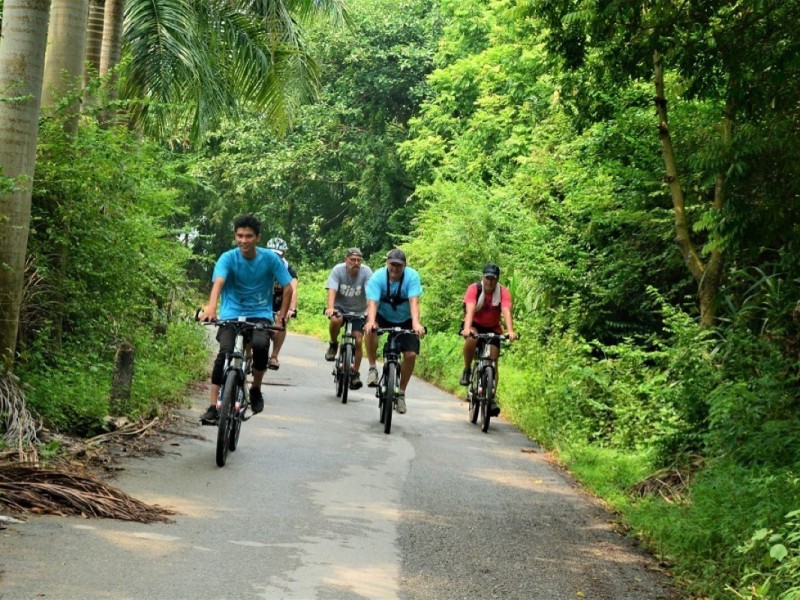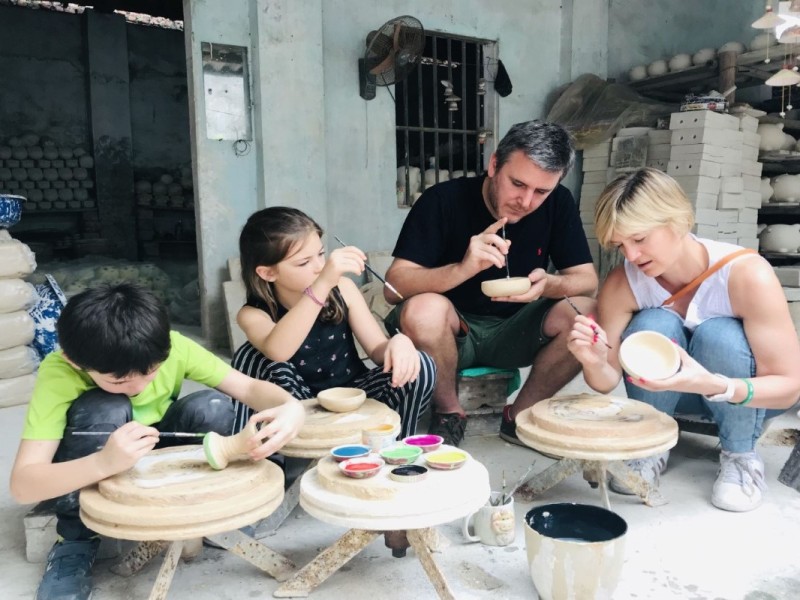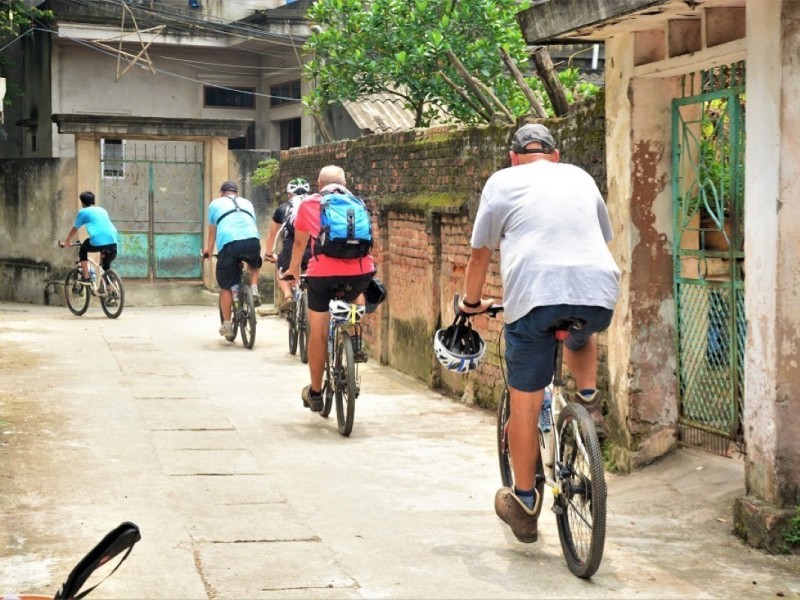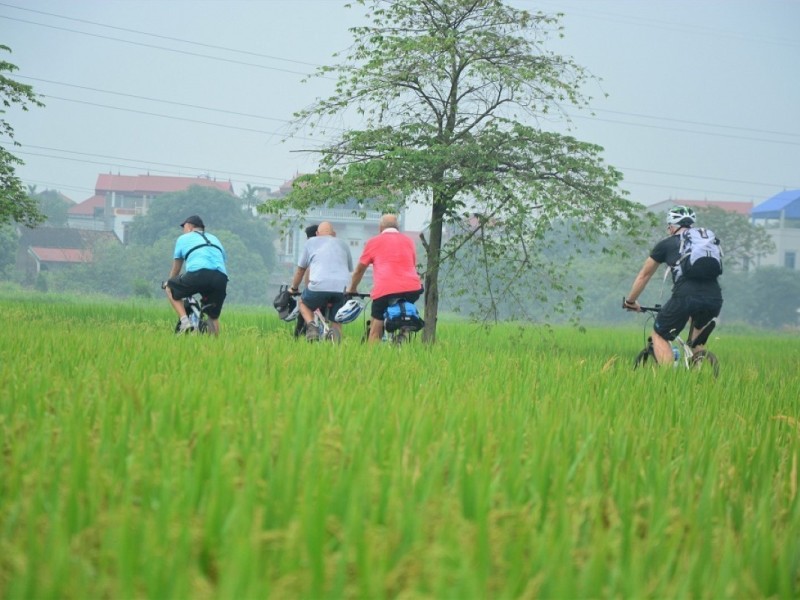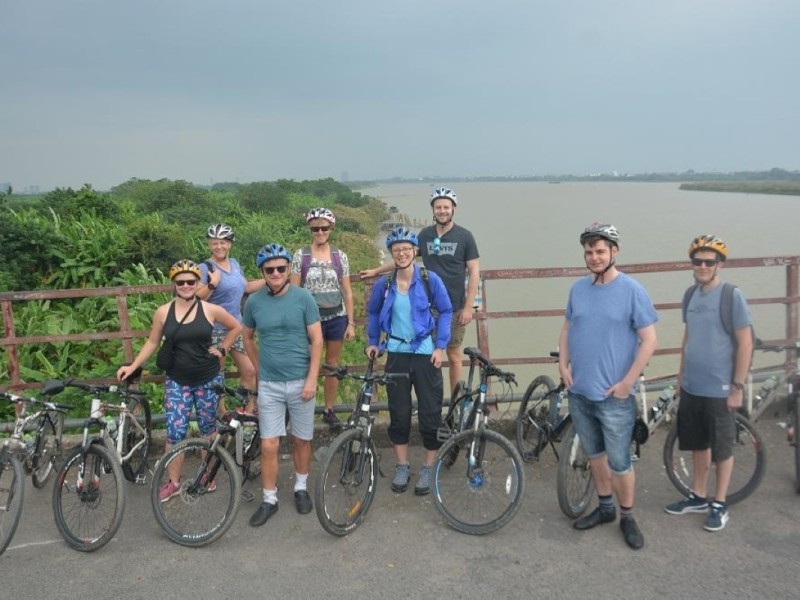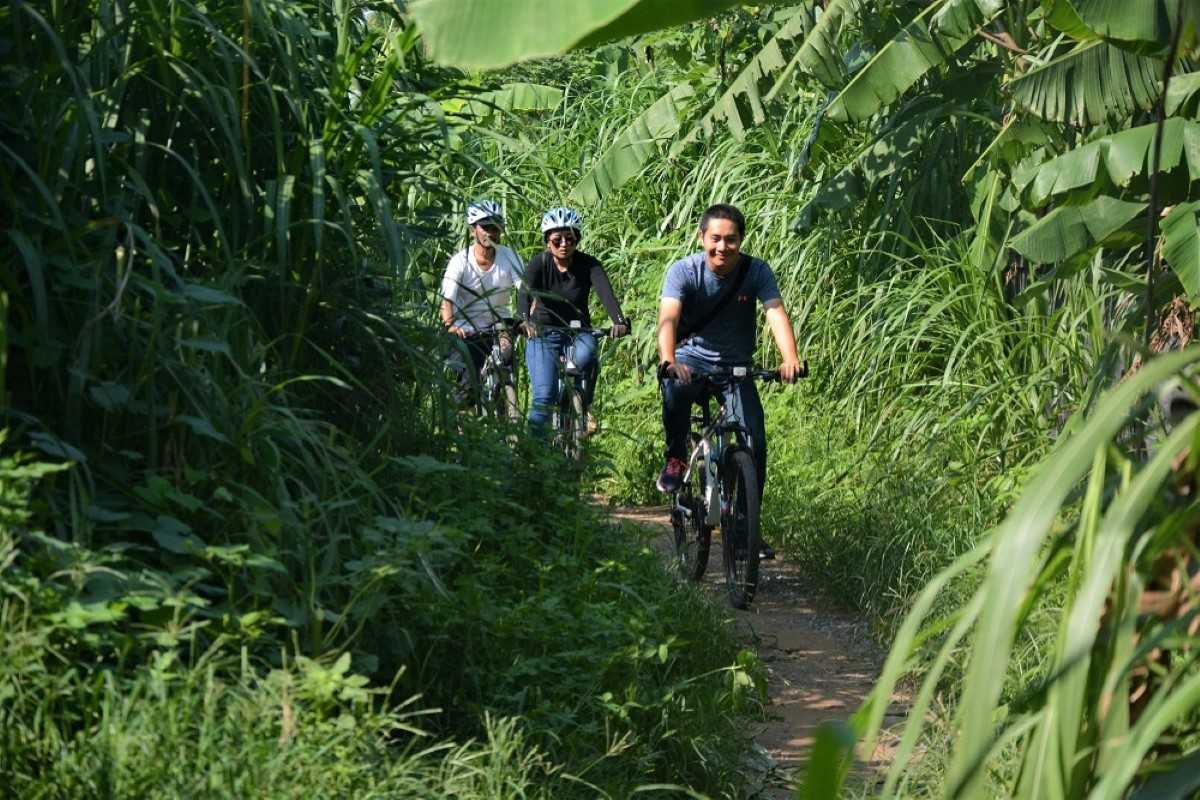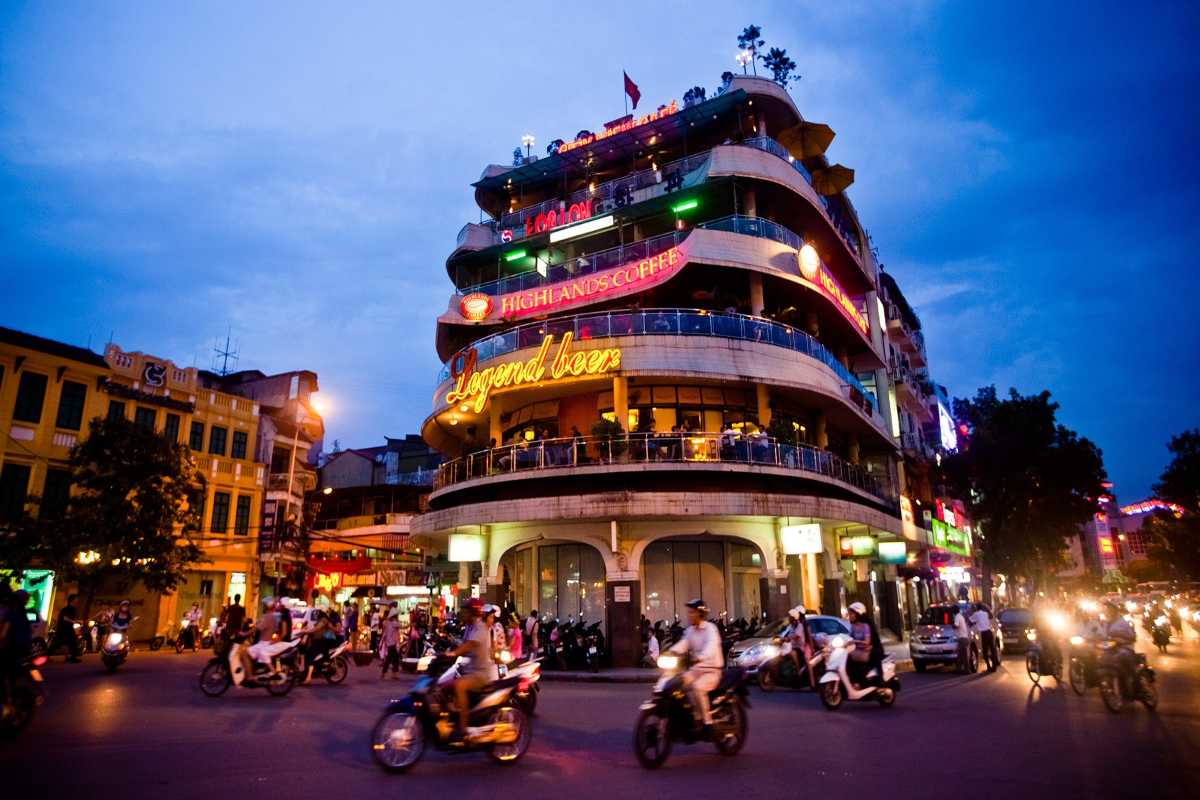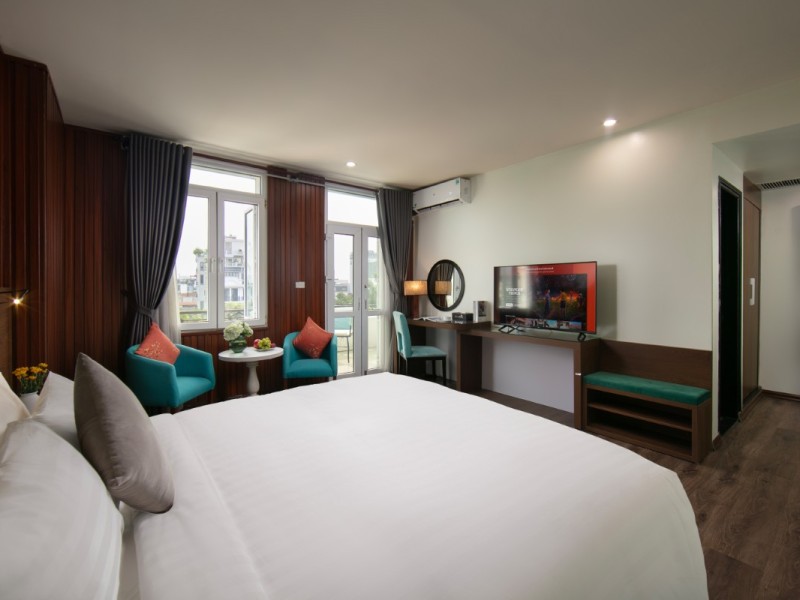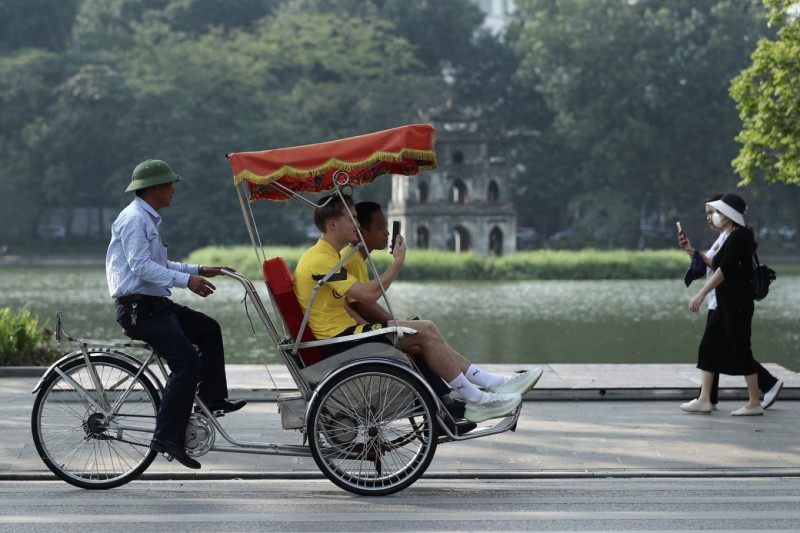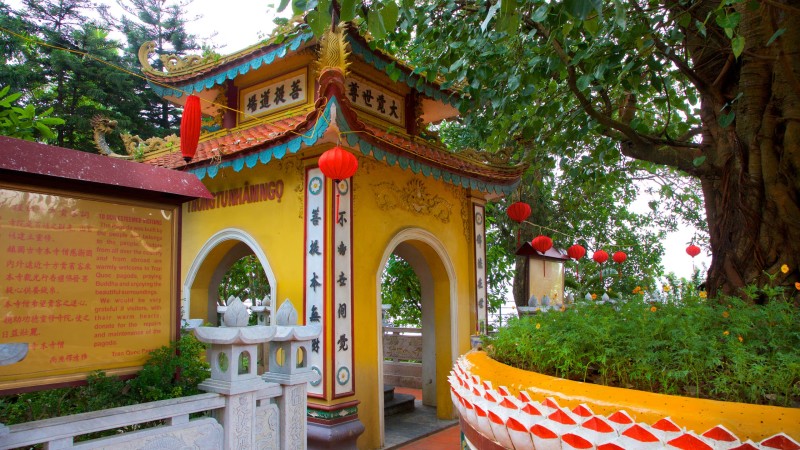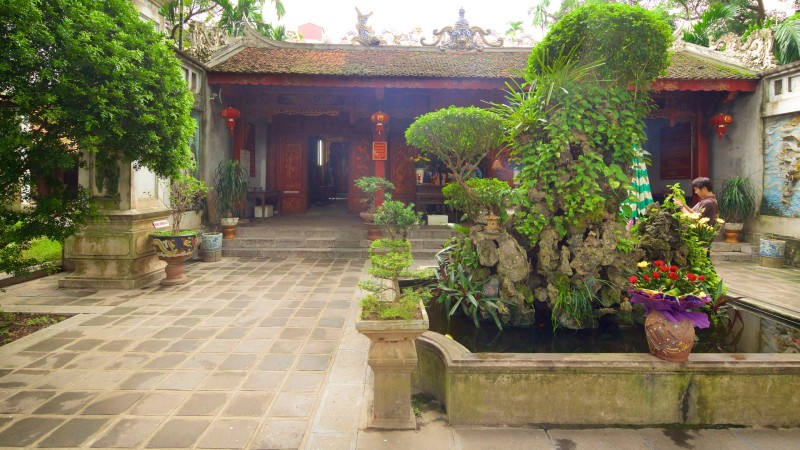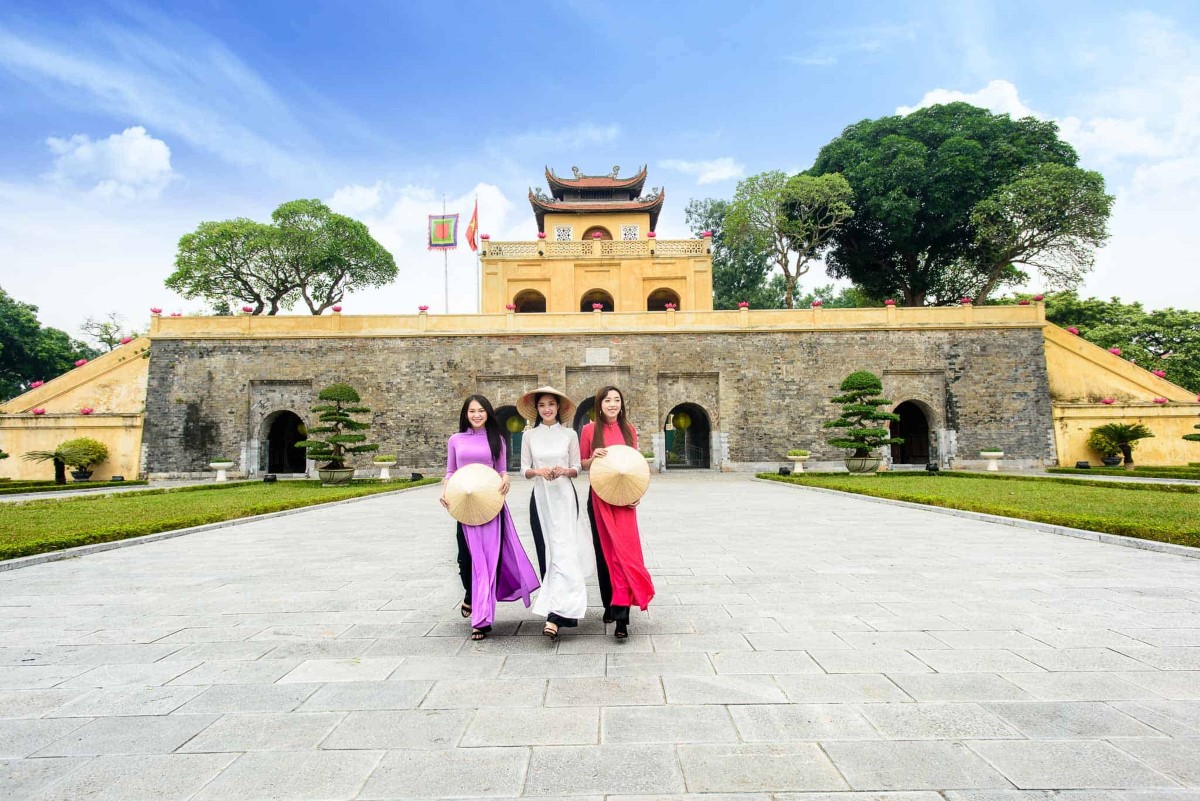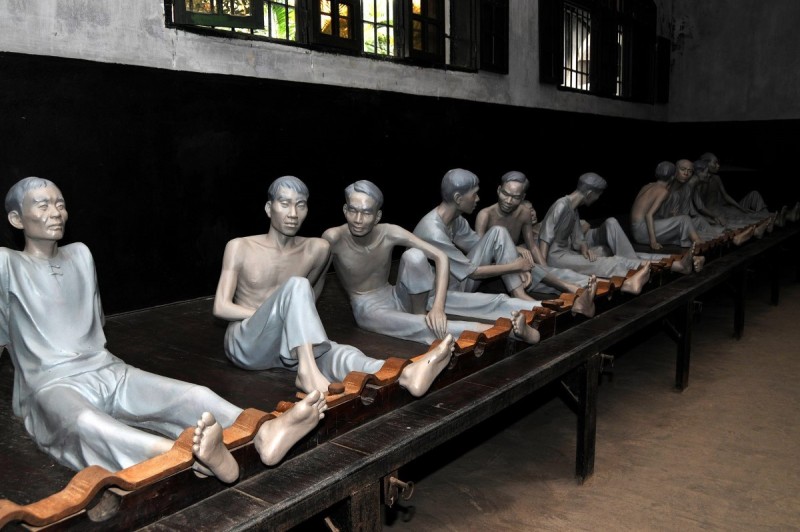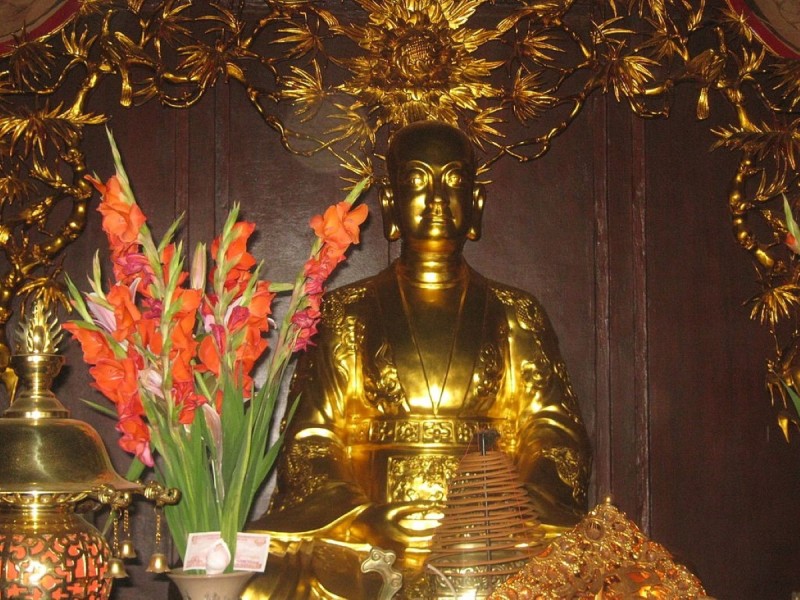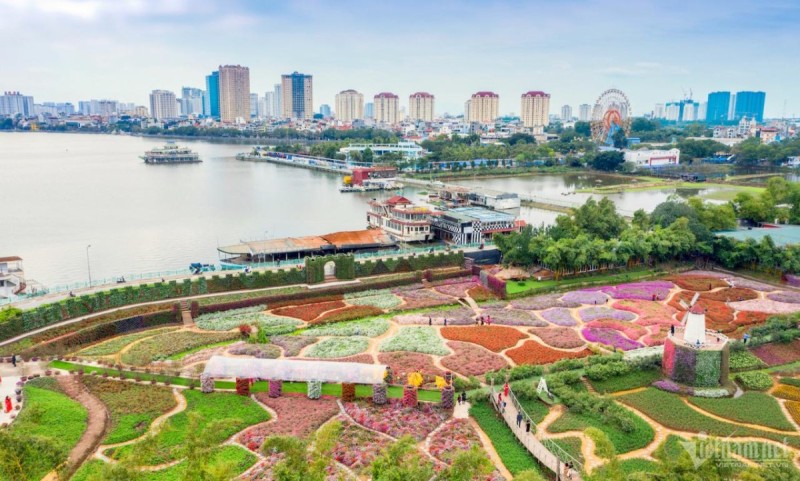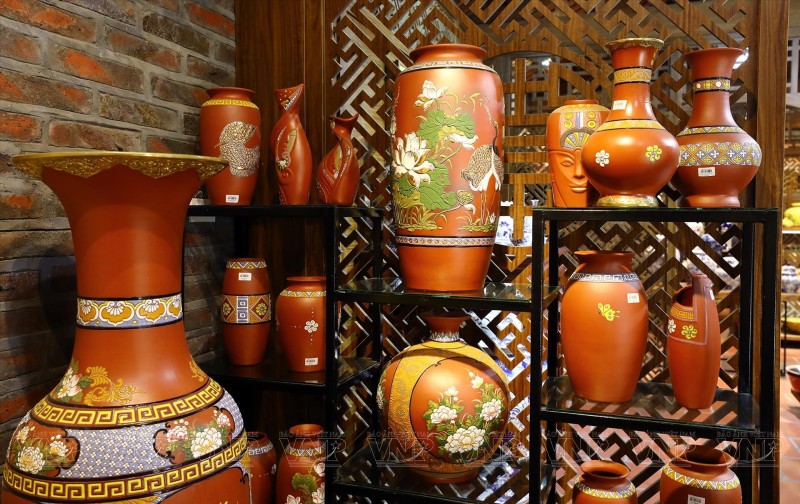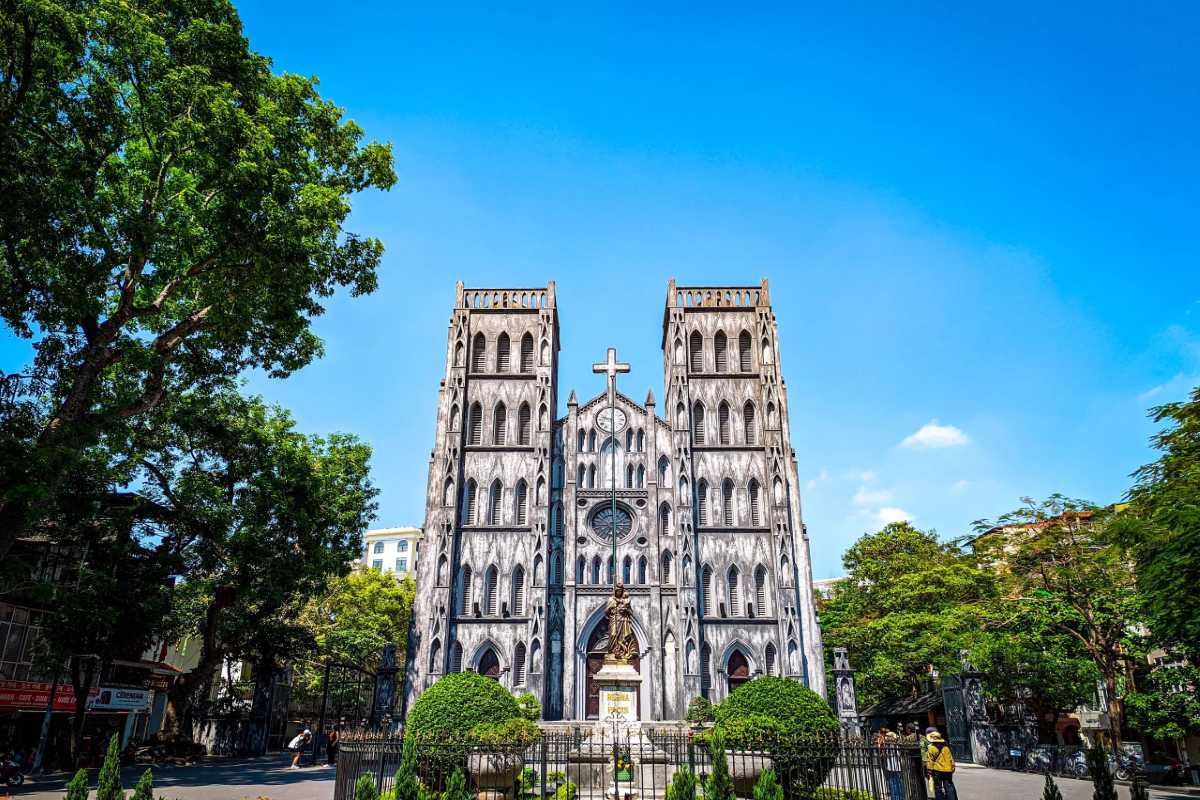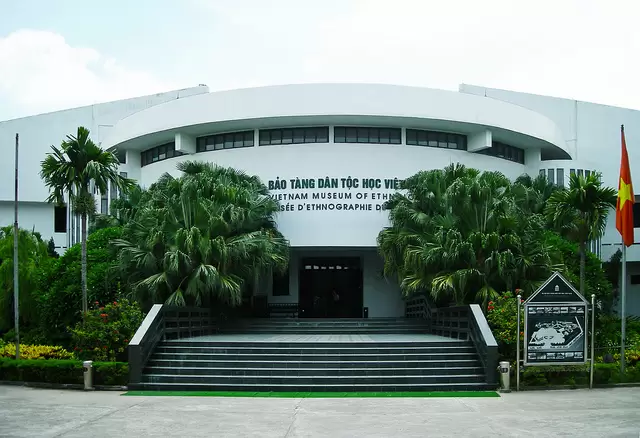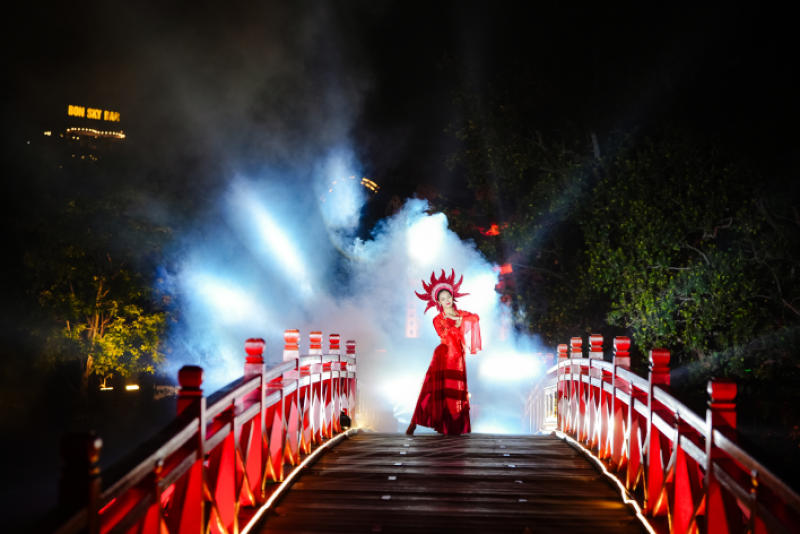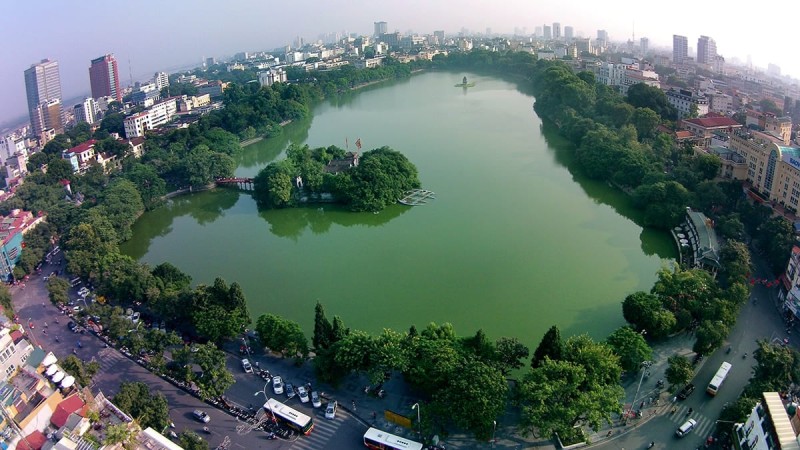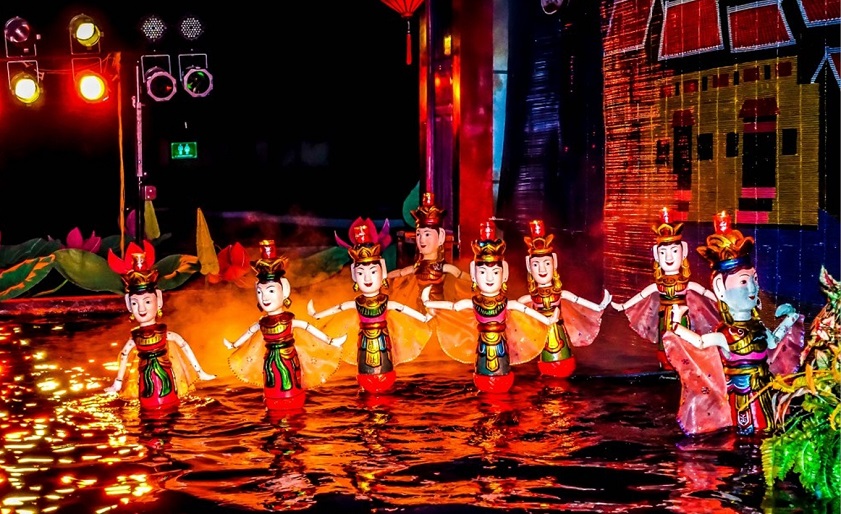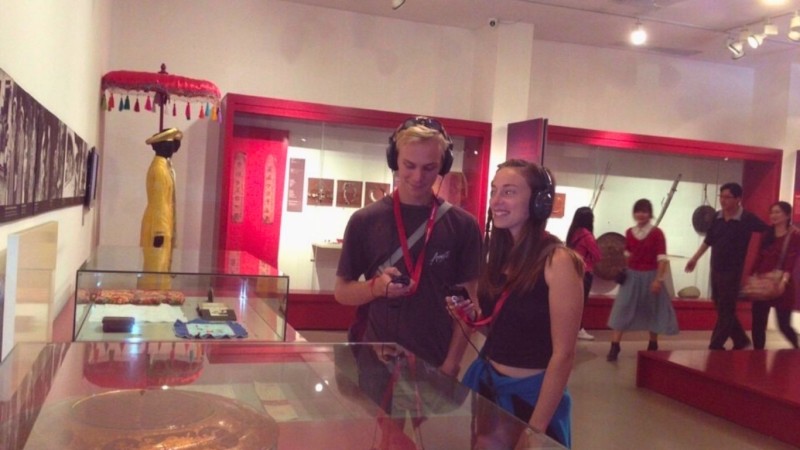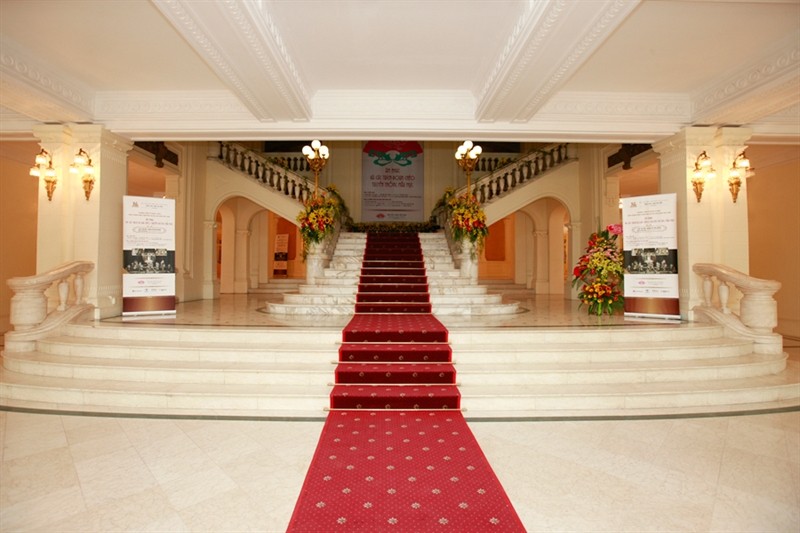Long Bien Bridge Hanoi: History, Visitor Guide & Things to Do
Long Bien Bridge Hanoi stands as a historic landmark offering visitors a unique glimpse into Vietnam’s colonial past and wartime resilience. This iconic cantilever bridge combines rail and road traffic while providing scenic views of the Red River. It is renowned for its distinctive architecture designed by Gustave Eiffel’s engineering firm.
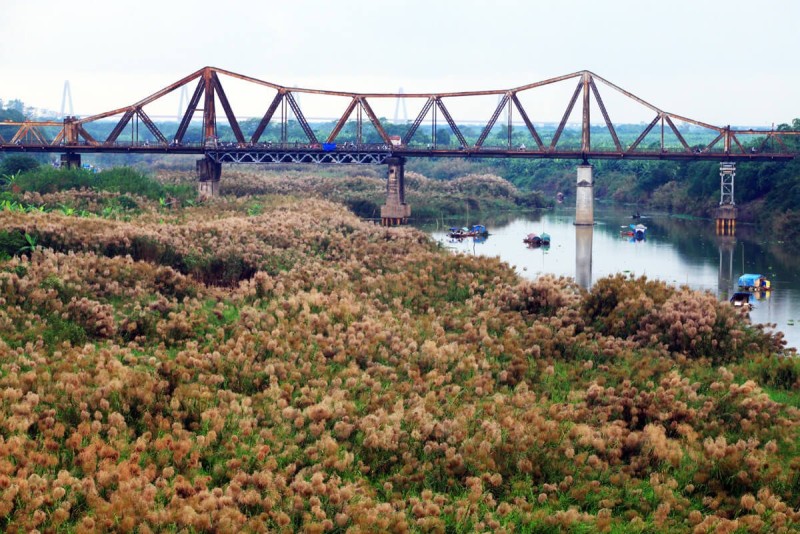
Introduction to Long Bien Bridge
Long Bien Bridge is a historic symbol of Hanoi, known for its unique blend of engineering and cultural significance. Spanning the Red River, this cantilever bridge was designed by the famed Gustave Eiffel engineering firm. It combines both rail and road traffic, making it a vital part of Hanoi’s transportation infrastructure. The bridge stands as a testament to French colonial architecture and Vietnam’s resilience through history.
Visitors to Long Bien Bridge are drawn by its rich history and striking views of the Red River. Its distinct design and enduring presence make it a notable landmark and a must-see for those interested in Hanoi’s heritage.
Plan your visit to Long Bien Bridge to experience a living piece of history and appreciate its architectural beauty.

Overview of Long Bien Bridge
Long Bien Bridge is an iconic structure that connects Hanoi across the Red River. Built between 1899 and 1902, it was originally called Paul Doumer Bridge during the French colonial period. Today, it remains one of the few surviving colonial-era bridges in Vietnam.
Key facts about Long Bien Bridge include:
- It serves as both a railway and roadway bridge, accommodating trains, vehicles, and pedestrians.
- The bridge was designed by the renowned Gustave Eiffel engineering firm, famous for the Eiffel Tower in Paris.
- It stretches approximately 1.68 kilometers, making it one of the longest bridges in the region.
- Despite war damage, the bridge has been repaired and preserved as a cultural landmark.
Understanding the identity of Long Bien Bridge helps visitors appreciate its importance beyond its functional role.
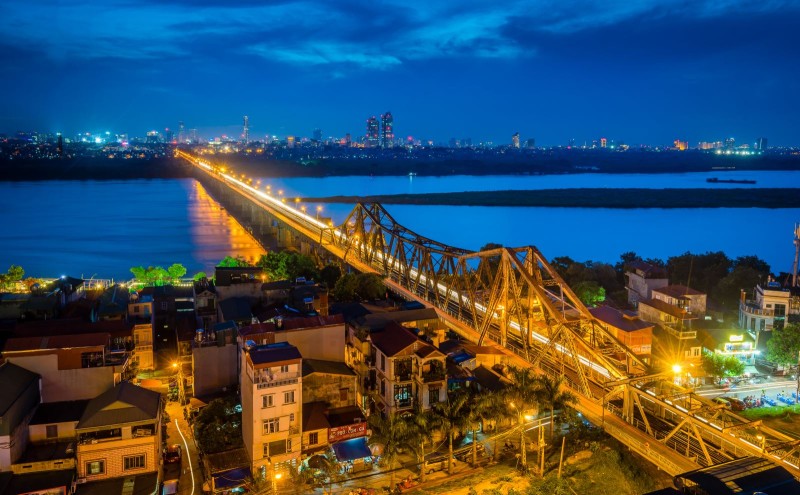
Significance as Hanoi’s Historic Landmark
The Long Bien Bridge holds deep cultural and historical significance for Hanoi. It symbolizes the city’s colonial past, wartime endurance, and continued growth.
Highlights of its importance include:
- It was a strategic asset during the Vietnam War and endured heavy bombing campaigns, showcasing the resilience of Hanoi and its people.
- The bridge is one of the earliest examples of cantilever bridge construction in Southeast Asia.
- It is recognized as a heritage site, embodying both French colonial architectural style and Vietnamese history.
- The bridge connects not only two riverbanks but also generations, standing as a link between past and present.
Appreciating the cultural heritage of Long Bien Bridge enriches any visit to this Hanoi landmark.
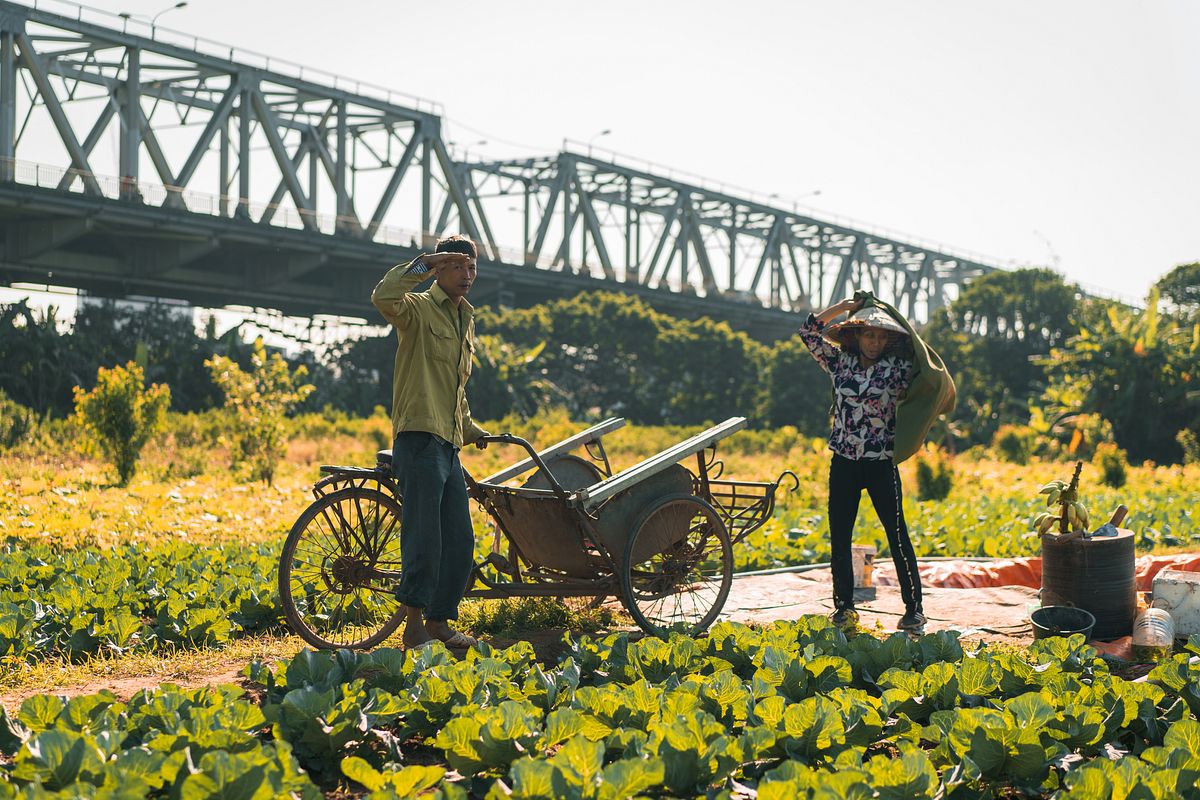
Unique Features and Architecture
Long Bien Bridge stands out due to its remarkable engineering and architectural design. This historic structure showcases the ingenuity of early 20th-century bridge construction, combining technical excellence with aesthetic appeal.
Key features of Long Bien Bridge include:
- Cantilever Bridge Design: This design allows the bridge to span long distances without intermediate supports, providing durability and strength.
- Dual Usage: The bridge supports both rail and road traffic, a rare combination that highlights its multifunctional role in Hanoi’s transport system.
- Architectural Heritage: The bridge reflects French colonial influence, evident in its structural details and design philosophy.
- Engineering Legacy: It was constructed by the renowned Gustave Eiffel engineering firm, linking it to a legacy of iconic bridges worldwide.
Exploring the unique architecture of Long Bien Bridge reveals why it remains a symbol of Hanoi’s historical and engineering heritage. Plan your visit to appreciate these distinctive features firsthand.
Designed by Gustave Eiffel’s Engineering Firm
The design of Long Bien Bridge traces back to the prestigious Gustave Eiffel engineering firm, famous for the Eiffel Tower in Paris. This connection adds historical significance and prestige to the bridge.
- The firm specialized in iron construction and innovative engineering techniques during the colonial era.
- The bridge reflects French colonial engineering principles, combining durability with aesthetic appeal.
- Historical records highlight the firm’s role in planning and overseeing the bridge’s construction between 1899 and 1902.
Understanding the engineering origins enriches your appreciation of Long Bien Bridge as both a functional structure and a cultural artifact.
Cantilever Structure and Length Details
The cantilever design of Long Bien Bridge is a hallmark of its structural integrity and architectural significance.
- Total Length: Approximately 1.68 kilometers, making it one of the longest bridges in Vietnam.
- Cantilever Sections: Designed to support heavy loads while minimizing the number of piers in the river.
- Structural Engineering: Built using iron and steel components for strength and resilience.
- Maintenance: Regular reinforcement and repairs have preserved the bridge’s structure over more than a century.
These cantilever bridge details demonstrate the advanced engineering techniques of the era and the bridge’s lasting functionality.
Combination of Rail and Road Traffic
One of the unique aspects of Long Bien Bridge is its accommodation of both rail and road traffic, reflecting its vital role in Hanoi’s transport network.
- Railway Use: The bridge supports a railway line that remains operational, crucial for freight and passenger trains.
- Road Traffic: Motorbikes, bicycles, and pedestrians share the roadway alongside trains, requiring careful navigation.
- Mixed Traffic Management: Safety measures ensure coexistence of different transport modes on the bridge.
- Historical Significance: This combination illustrates the bridge’s multifunctionality since its inception.
Visitors can observe this dynamic traffic mix, gaining insight into Hanoi’s urban mobility and the bridge’s continuing relevance.
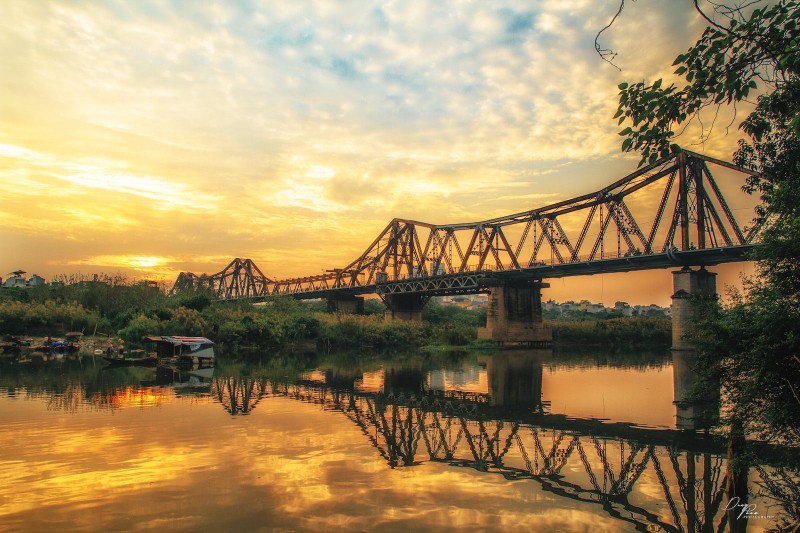
History of Long Bien Bridge
The history of Long Bien Bridge is a story of engineering marvel and resilience. Built during the French colonial period, the bridge has witnessed key moments of Hanoi’s past, from its initial construction to wartime destruction and restoration. It stands today as a living monument reflecting the city’s heritage and survival.
Visitors eager to understand Hanoi’s colonial architecture and wartime history find the Long Bien Bridge a compelling site. Its past connects deeply with the city's identity and growth, offering a tangible link to Vietnam’s complex history.
Plan your visit to explore the rich history of Long Bien Bridge and appreciate its enduring legacy.
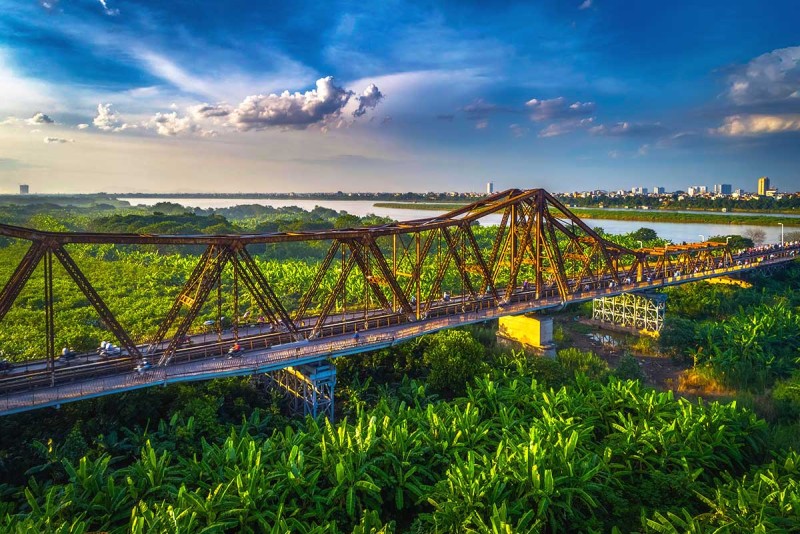
Construction and Colonial Era Background
The construction of Long Bien Bridge took place between 1899 and 1902, under French colonial rule. It was engineered to improve Hanoi’s infrastructure and facilitate transportation across the Red River. The design reflects advanced engineering techniques of the era, combining functionality and colonial aesthetics.
During the French colonial period in Hanoi, the bridge served both economic and strategic purposes. It was vital for connecting the city with northern regions and boosting trade and mobility.
Understanding the bridge’s colonial background enriches your appreciation of its place in Hanoi’s development.
Timeline of Construction (1899–1902)
The Long Bien Bridge was constructed over a period of three years with significant milestones:
- 1899: Initial planning and design phase by French engineers.
- 1900: Beginning of construction works, including foundation laying and ironworks.
- 1902: Completion and official opening of the bridge, named Paul Doumer Bridge at the time.
This timeline highlights the ambitious colonial infrastructure project that remains functional over a century later.
Role During French Colonial Period
During the French colonial period, Long Bien Bridge was a strategic link for transportation and military logistics. It symbolized French engineering prowess and served as a gateway for trade and movement across northern Vietnam.
- It connected Hanoi with key economic regions and facilitated resource transport.
- The bridge’s imposing design reflected colonial power and modernity.
- It played a role in consolidating French control over the region.
Exploring this context helps visitors grasp the historical layers embedded in the bridge’s structure.
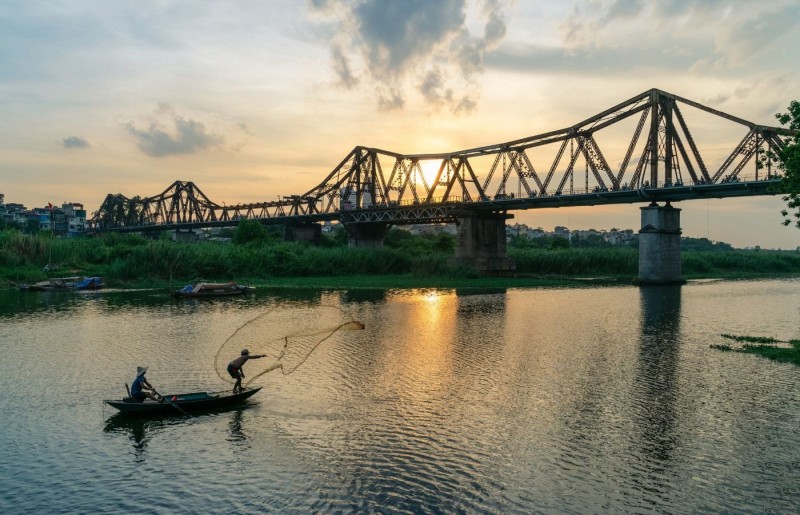
Impact During the Vietnam War
The Long Bien Bridge played a critical role during the Vietnam War and became a target for intense bombing campaigns. Its strategic importance made it a symbol of resilience for Hanoi. Despite heavy damage, the bridge endured and was repaired, underscoring its significance in Vietnam’s wartime history.
Key facts about the bombing of Long Bien Bridge include:
- The bridge was repeatedly bombed by U.S. forces to disrupt North Vietnamese supply lines.
- Damage was extensive, with many sections destroyed but never fully demolished.
- Its survival became a testament to Hanoi’s determination and spirit during the conflict.
Understanding the wartime challenges faced by Long Bien Bridge enhances its historical importance and visitor appreciation.
Bombing Campaigns and Damage Sustained
The bombing campaigns on Long Bien Bridge caused significant structural damage during the Vietnam War:
- Targeted in multiple air raids aiming to sever transport routes.
- Several spans of the bridge were destroyed or weakened by explosions.
- Despite this, parts of the bridge remained operational, aiding wartime logistics.
- The resilience of the structure and timely repairs helped maintain connectivity.
These events highlight the bridge’s role as both a military target and symbol of endurance.
Repairs and Structural Preservation Efforts
Post-war, the Long Bien Bridge underwent various repair and preservation initiatives to maintain its function and heritage status:
- Repairs focused on restoring damaged sections to ensure safety and usability.
- Ongoing structural reinforcement projects preserve the bridge’s integrity.
- Heritage conservation efforts emphasize its cultural and historical significance in Hanoi.
- Community and governmental support continue to protect this iconic landmark.
These preservation activities enable visitors to experience a piece of living history while ensuring the bridge’s longevity.
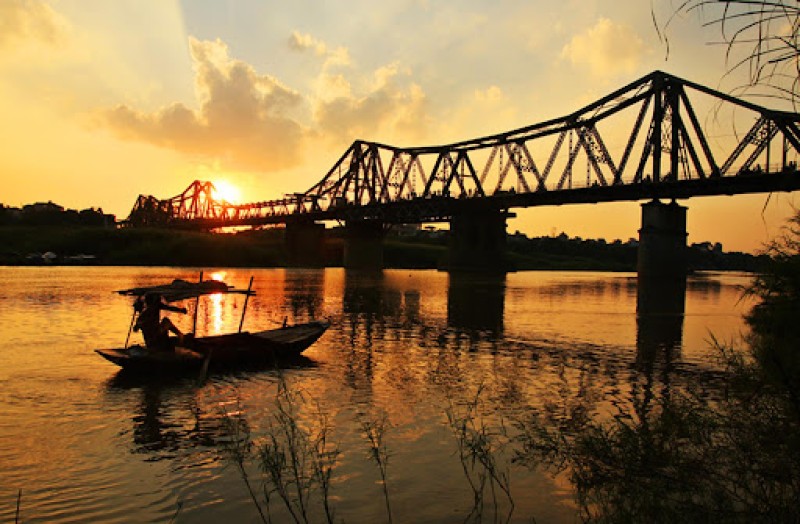
Post-war Developments and Modern Usage
The Long Bien Bridge continues to serve as a vital transportation link in modern Hanoi while embracing its status as a heritage landmark. Its transport role remains essential for both rail and road traffic, connecting communities across the Red River. Preservation efforts balance functionality with cultural significance, ensuring the bridge stays relevant today.
Visitors interested in both infrastructure and history will find the Long Bien Bridge a remarkable example of a living monument adapting to contemporary needs.
Continued Transport Role
The Long Bien Bridge remains crucial for Hanoi’s transportation system through:
- Railway Traffic: Regular train services use the bridge for freight and passenger transit.
- Road Traffic: Motorbikes, bicycles, and limited vehicles continue to cross daily.
- Pedestrian Access: Locals and tourists walk across the bridge to enjoy views and commute.
- Integration: The bridge connects important economic and residential areas, sustaining city mobility.
This ongoing transport role highlights the bridge’s functional importance alongside its heritage value.
Heritage Conservation Initiatives
Efforts to preserve Long Bien Bridge combine cultural respect with practical maintenance:
- Structural Reinforcement: Projects strengthen the aging ironwork to prolong lifespan.
- Cultural Programs: Educational campaigns promote awareness of the bridge’s historical significance.
- Government Support: Local authorities oversee preservation aligned with urban development.
- Community Involvement: Residents participate in maintaining and celebrating the bridge as a symbol of Hanoi.
These initiatives ensure Long Bien Bridge remains both a functional asset and a cherished heritage site.
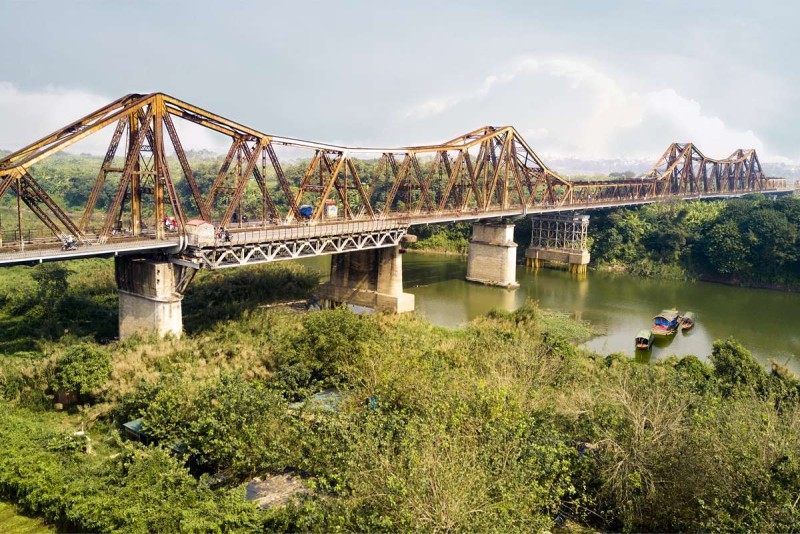
Visiting Long Bien Bridge
Visiting Long Bien Bridge requires understanding how to access this historic site, the best times to visit, and any entry or safety guidelines. Planning ahead ensures a smooth and enjoyable experience while exploring this iconic Hanoi landmark.
Whether you prefer public transport or private vehicles, knowing your options helps you reach Long Bien Bridge conveniently. Awareness of weather and safety considerations also enhances your visit.
Prepare your trip with these practical tips for visiting Long Bien Bridge and make the most of your time exploring its unique charm.
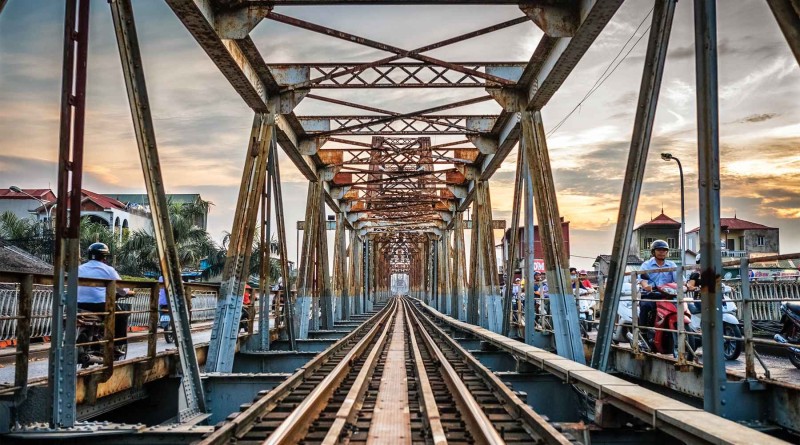
How to Get There
Getting to Long Bien Bridge is straightforward, with multiple transport options catering to different preferences and budgets. Understanding these helps you choose the best route.
Key ways to reach Long Bien Bridge include:
- Public Transport: Several bus routes connect central Hanoi to the bridge area.
- Taxi Services: Convenient for direct travel with door-to-door service.
- Motorbike Rentals: Popular among locals and tourists for flexible, quick trips.
- Bicycles: A scenic, eco-friendly option for nearby travelers.
Choosing the right transport mode depends on your schedule, comfort level, and adventure spirit.
Public Transport Options (Bus Routes 17, 34, 54)
Several bus routes provide affordable access to Long Bien Bridge:
- Bus Route 17: Connects from central Hanoi to Long Bien District near the bridge.
- Bus Route 34: Offers frequent stops close to the bridge entrance.
- Bus Route 54: Runs through major hubs leading to Long Bien area.
Tips for using public transport:
- Check the latest schedules as timings may vary.
- Carry small change for bus fares.
- Buses can be crowded during peak hours; plan accordingly.
Public transport is an economical way to reach Long Bien Bridge while experiencing local life.
Taxi, Motorbike, and Bicycle Access
Alternative transport options offer more flexibility:
- Taxi: Provides direct, comfortable rides; fares depend on distance and traffic.
- Motorbike Rental: Ideal for adventurous travelers; allows easy navigation through traffic.
- Bicycle: Perfect for short distances and eco-conscious visitors; many rental shops nearby.
Consider your comfort and safety preferences when choosing these modes. Motorbikes and bicycles offer a more immersive experience but require caution on busy roads.

Best Times to Visit
The best time to visit Long Bien Bridge is during seasons and hours that offer comfortable weather and vibrant scenery. Planning your visit around these factors helps you enjoy the bridge fully without facing extreme heat or heavy rain.
Understanding the local climate and timing your trip will enhance your experience of this historic Long Bien Bridge.
Early Morning and Late Afternoon Benefits
Visiting Long Bien Bridge in the early morning or late afternoon offers several advantages:
- Cooler Temperatures: Avoid the midday heat for a more comfortable walk or ride.
- Soft Lighting: Ideal for photography, capturing the bridge and river views.
- Less Crowded: Enjoy a quieter atmosphere with fewer tourists and commuters.
- Peaceful Ambiance: Experience the calm of sunrise or sunset by the Red River.
Timing your visit during these hours maximizes comfort and visual appeal.
Weather Considerations and Seasonal Tips
Seasonal weather impacts visiting conditions at Long Bien Bridge. Keep these tips in mind:
- Dry Season (October to April): Generally pleasant with mild temperatures, best for visits.
- Rainy Season (May to September): Expect occasional heavy rain and humidity; bring rain gear.
- Avoid mid-summer peak heat and humidity for outdoor comfort.
- Check weather forecasts before planning your visit to prepare accordingly.
Awareness of weather patterns helps you choose the most enjoyable time to explore the bridge.
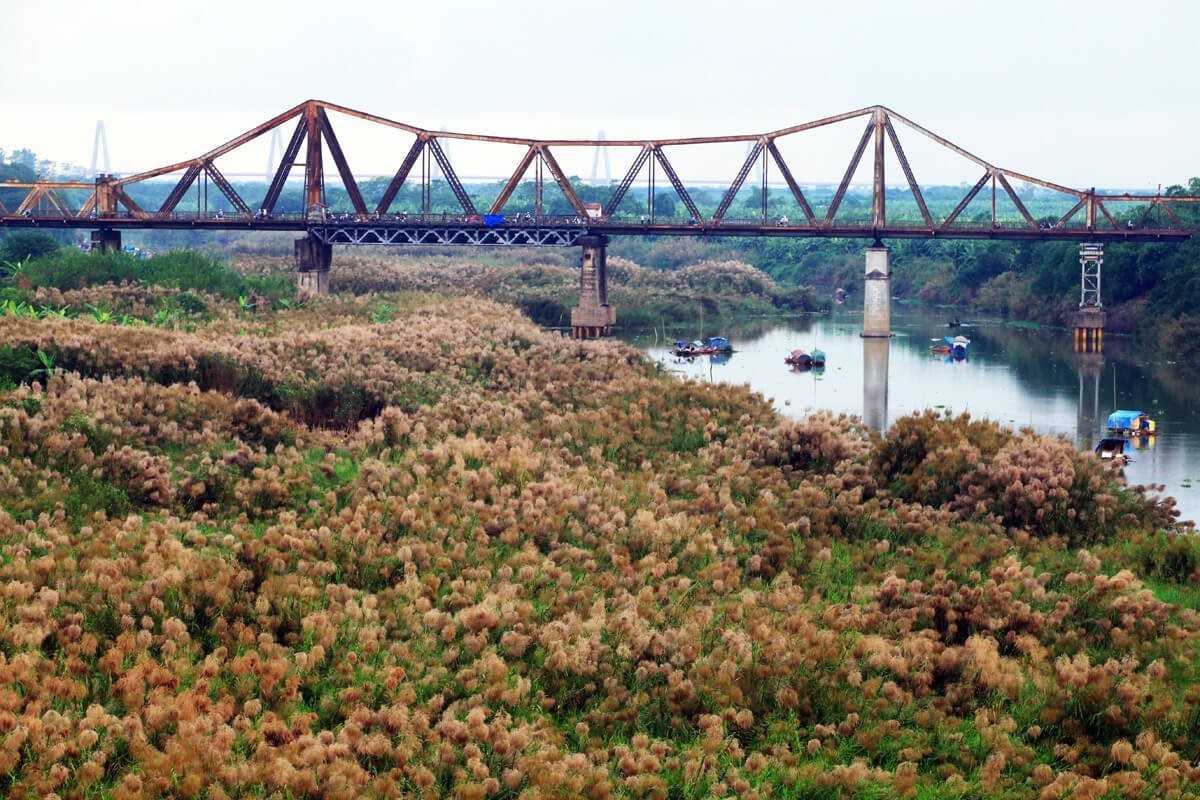
Entry Fees and Access Rules
Visiting Long Bien Bridge is generally free, but there are important access rules and safety guidelines to follow. Knowing these in advance ensures a smooth and secure experience without unexpected restrictions.Understanding the Long Bien Bridge entry fees and access policies helps you plan your visit confidently.
Public Access Policies
The public can access Long Bien Bridge freely, but certain rules apply to preserve safety and heritage:
- Pedestrians, cyclists, and motorbikes are allowed to use the bridge.
- Unauthorized vehicles, such as cars or trucks, are generally prohibited to protect the structure.
- Visitors must stay within designated walkways and avoid restricted zones.
- No entry fees are currently charged for access to the bridge.
Familiarizing yourself with these policies helps protect this historic site and ensures visitor safety.
Restrictions and Safety Guidelines
Safety is paramount when crossing Long Bien Bridge. Visitors should observe the following precautions:
- Be alert to train crossings as rail traffic still operates regularly.
- Use designated pedestrian paths and avoid stepping onto railway tracks.
- Exercise caution during adverse weather, as the bridge surface can become slippery.
- Avoid climbing or touching the structural components to prevent accidents and damage.
- Follow any posted signage and respect local authority instructions.
By adhering to these safety guidelines, your visit to Long Bien Bridge will be enjoyable and incident-free.
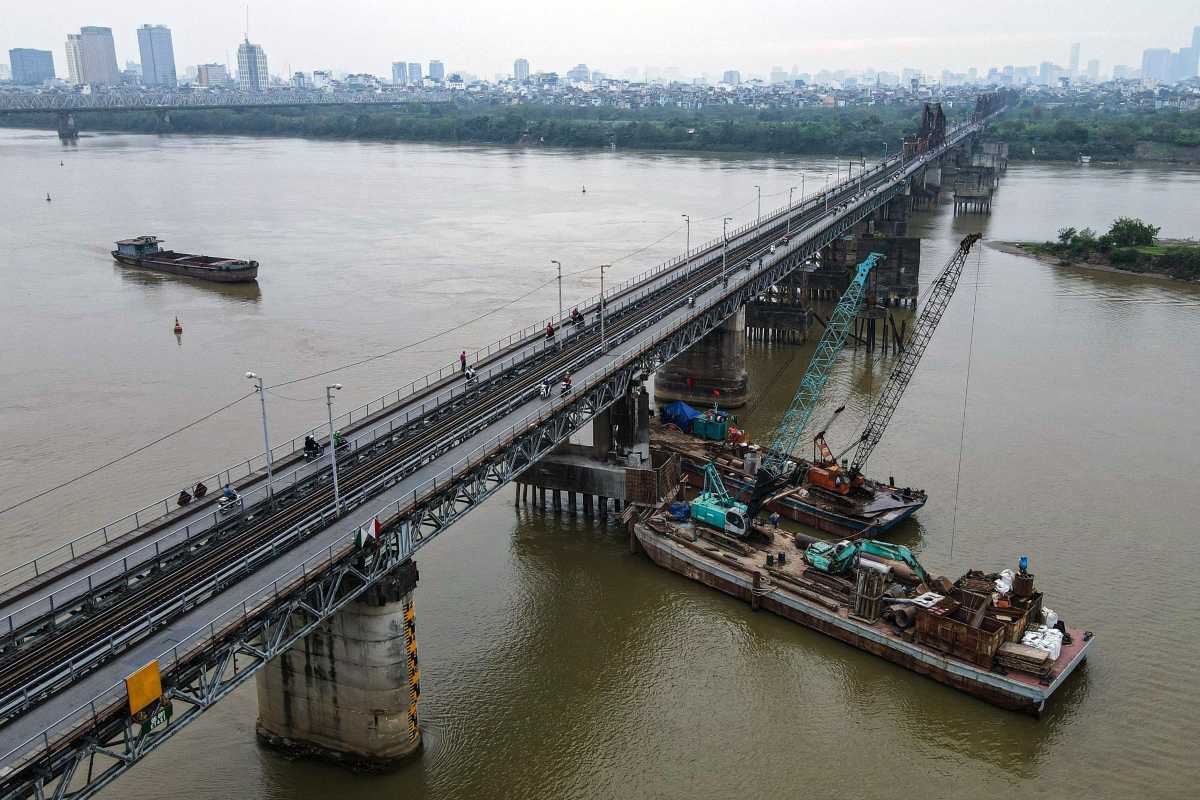
Things to Do at Long Bien Bridge
There are many things to do at Long Bien Bridge that let you experience Hanoi’s culture, history, and natural beauty. Whether walking, cycling, or exploring nearby markets, the bridge offers engaging activities for all travelers.
From scenic views to local flavors, visitors can immerse themselves in authentic Hanoi life while enjoying this iconic landmark.
Plan your activities to make the most of your time at Long Bien Bridge.
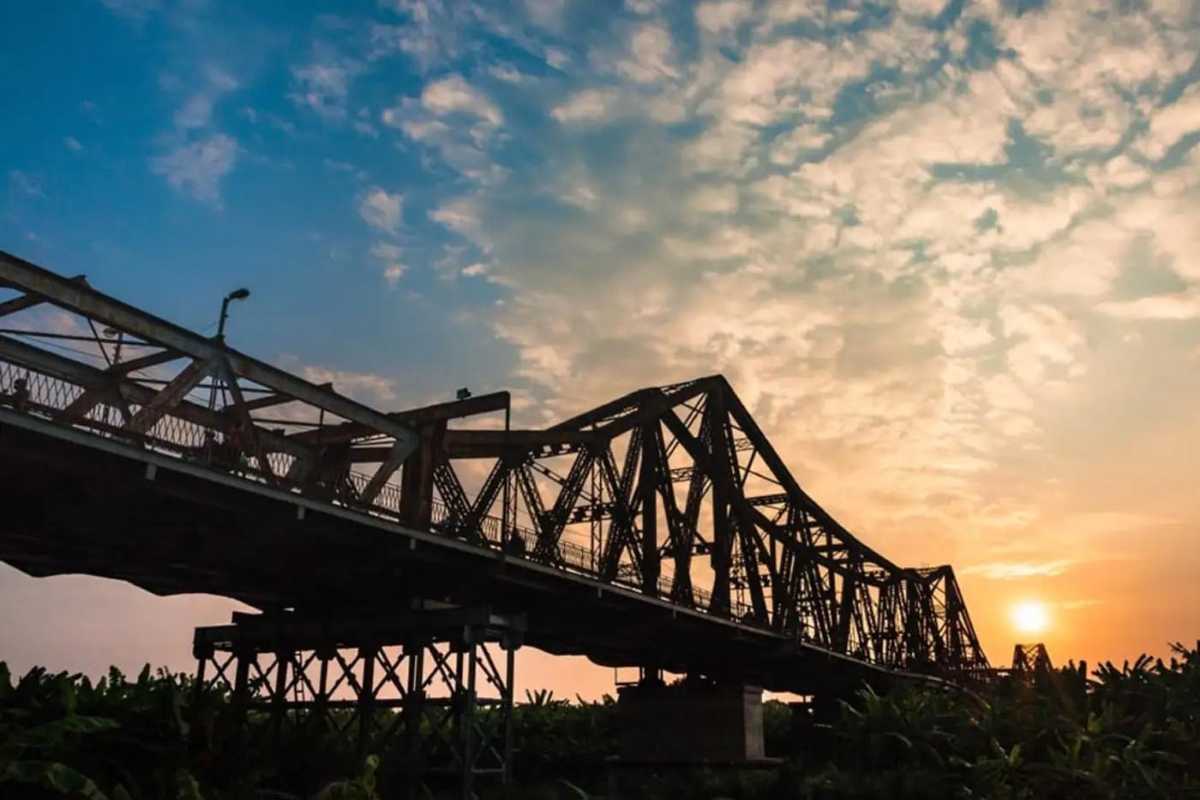
Walking and Cycling Across the Bridge
Exploring Long Bien Bridge on foot or by bike is a popular way to connect with its history and surroundings. Walking and cycling offer flexible options to enjoy the bridge at your own pace.
Key information for walking and cycling at Long Bien Bridge includes:
- Recommended routes that cover the full length or partial sections of the bridge.
- Approximate duration: 30 to 60 minutes depending on pace and stops.
- Bicycle rental locations nearby for convenient access.
- Safety tips for sharing the bridge with rail and motorbike traffic.
Active exploration helps you appreciate the architecture and riverside views intimately.
Recommended Routes and Duration
For an enjoyable visit, consider these walking routes on Long Bien Bridge:
- Full Length Route: Walk the entire 1.68 km span for panoramic views; expect about 45–60 minutes.
- Partial Route: Cross a section near either riverbank for a shorter 20–30 minute stroll.
- Combined Route: Include stops at viewpoints and nearby attractions for up to 90 minutes.
Plan your route based on time availability and interest level for a fulfilling experience.
Bicycle Rental Locations
Several spots near Long Bien Bridge offer convenient bicycle rentals:
- Local rental shops in Long Bien District providing hourly or daily rates.
- Bike-sharing services available through mobile apps in central Hanoi.
- Guesthouses and hotels in nearby neighborhoods may also offer rentals.
- Rental prices are affordable, making cycling an accessible option for most visitors.
Choosing a rental close to the bridge saves time and allows for spontaneous exploration.
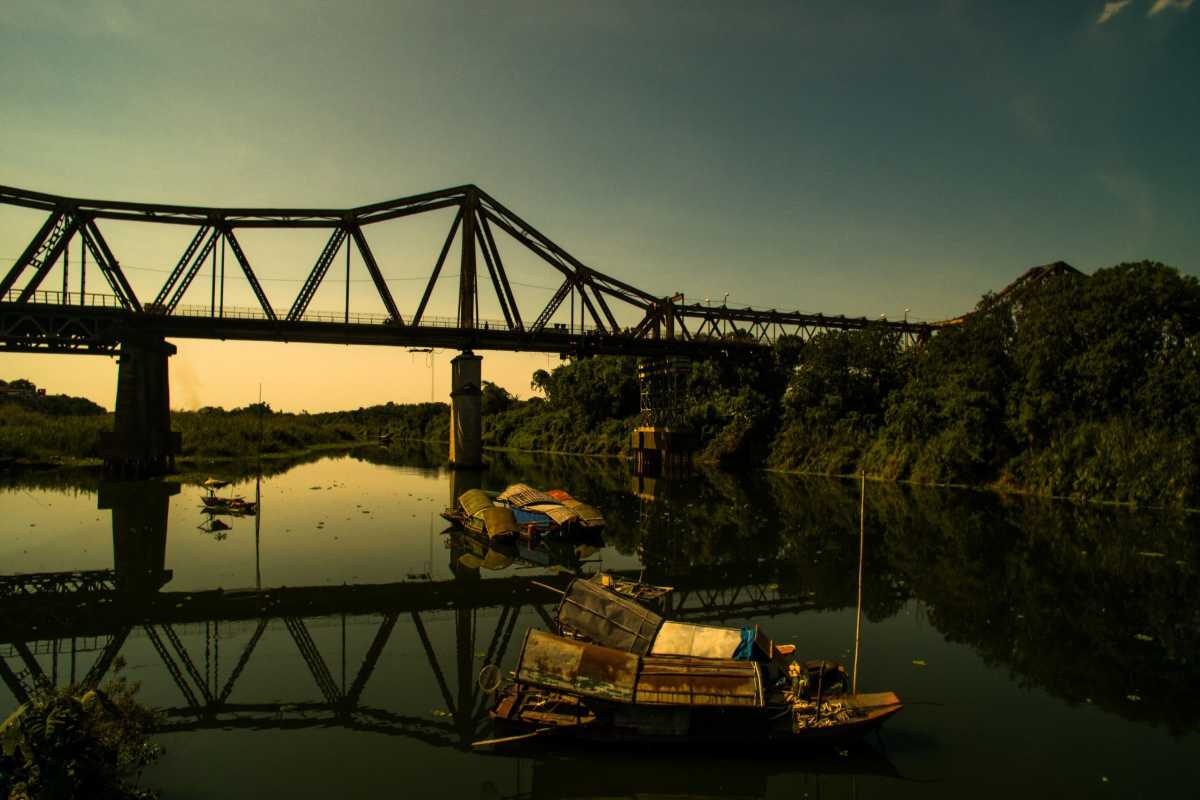
Photography and Sightseeing Opportunities
Photography at Long Bien Bridge offers stunning views and unique subjects that attract both amateurs and professionals. The bridge’s architectural beauty and riverside location create perfect opportunities to capture memorable shots. Discover the best spots for sunrise and other scenic moments in Hanoi.
Whether you want to focus on intricate details or panoramic landscapes, Long Bien Bridge provides diverse angles to inspire your creativity.
Architectural Details to Capture
Key architectural features of Long Bien Bridge worth photographing include:
- The distinctive cantilever design showcasing iron trusses and beams.
- Riveted steel components reflecting early 20th-century engineering craftsmanship.
- The sweeping curves and arches formed by the bridge’s structural framework.
- The contrast between the industrial metalwork and the natural Red River backdrop.
These elements highlight the bridge’s historical engineering and artistic value.
Best Spots for Sunrise and Sunset Views
For breathtaking sunrise and sunset views at Long Bien Bridge, consider these locations:
- East End of the Bridge: Ideal for capturing the sun rising over the Red River.
- Middle Span: Offers panoramic river views with soft morning or evening light.
- West End Near Long Bien Market: Perfect for sunset shots with city skyline in the distance.
- Nearby Riverside Parks: Additional vantage points for wide-angle photography.
Visiting during these times enhances both sightseeing and photographic opportunities.
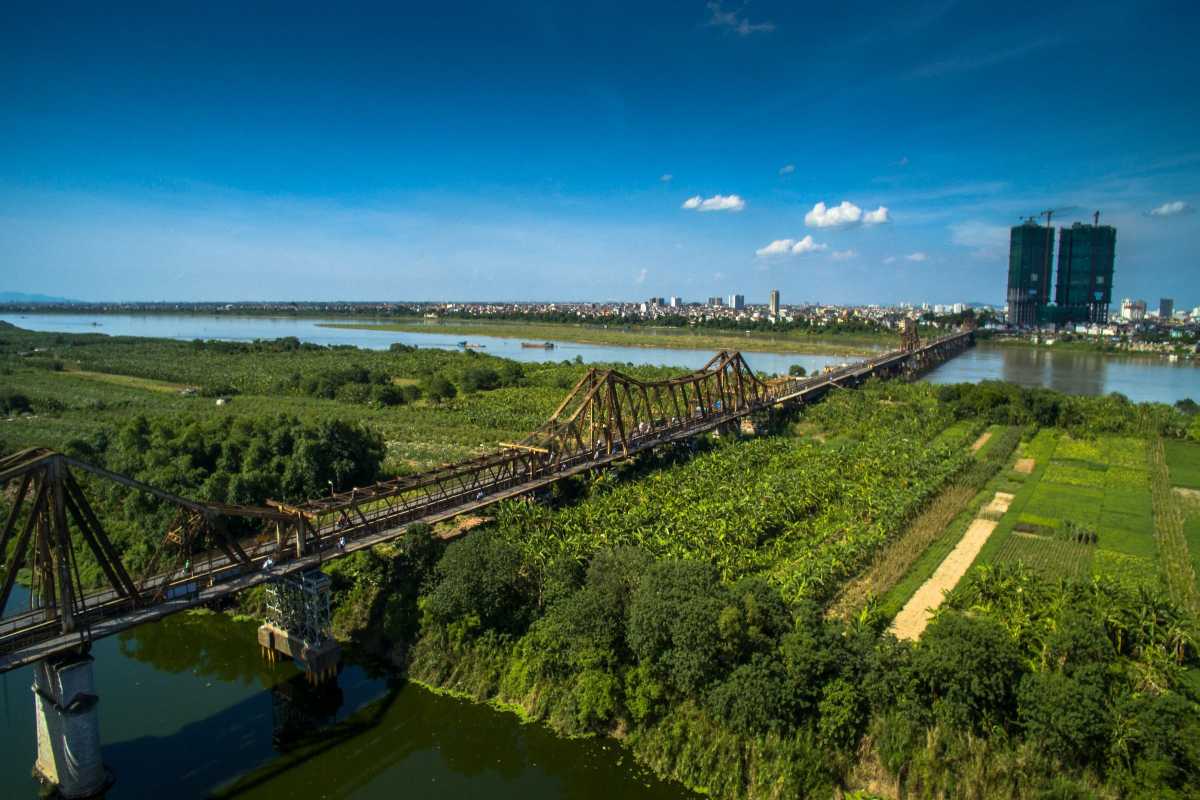
Visiting Long Bien Market Nearby
The Long Bien Market near Long Bien Bridge offers a vibrant cultural experience filled with local goods, fresh produce, and traditional foods. Visitors often combine trips to both sites for a rich taste of Hanoi’s daily life and heritage.
Exploring Long Bien Market lets you discover authentic flavors and crafts while soaking in the bustling atmosphere just steps from the historic bridge.
Market Highlights and Local Specialties
At Long Bien Market, visitors can enjoy:
- Fresh seafood and traditional Vietnamese street food specialties.
- Handcrafted goods and local produce reflecting Hanoi’s markets.
- Unique shopping experience with vibrant stalls and friendly vendors.
- Early morning market bustle, ideal for those seeking an authentic local vibe.
Sampling these specialties adds a flavorful dimension to your visit.
How to Combine Market Visit with Bridge Tour
For an efficient combined itinerary of Long Bien Market and Long Bien Bridge, consider the following tips:
- Start your day early at Long Bien Market to enjoy fresh offerings and avoid crowds.
- Walk or cycle across Long Bien Bridge afterward for scenic views and history.
- Allocate at least 2–3 hours for both sites to fully experience each.
- Use local transport options like taxis or motorbikes for easy transfers.
Planning your visit this way ensures a seamless and rewarding exploration.
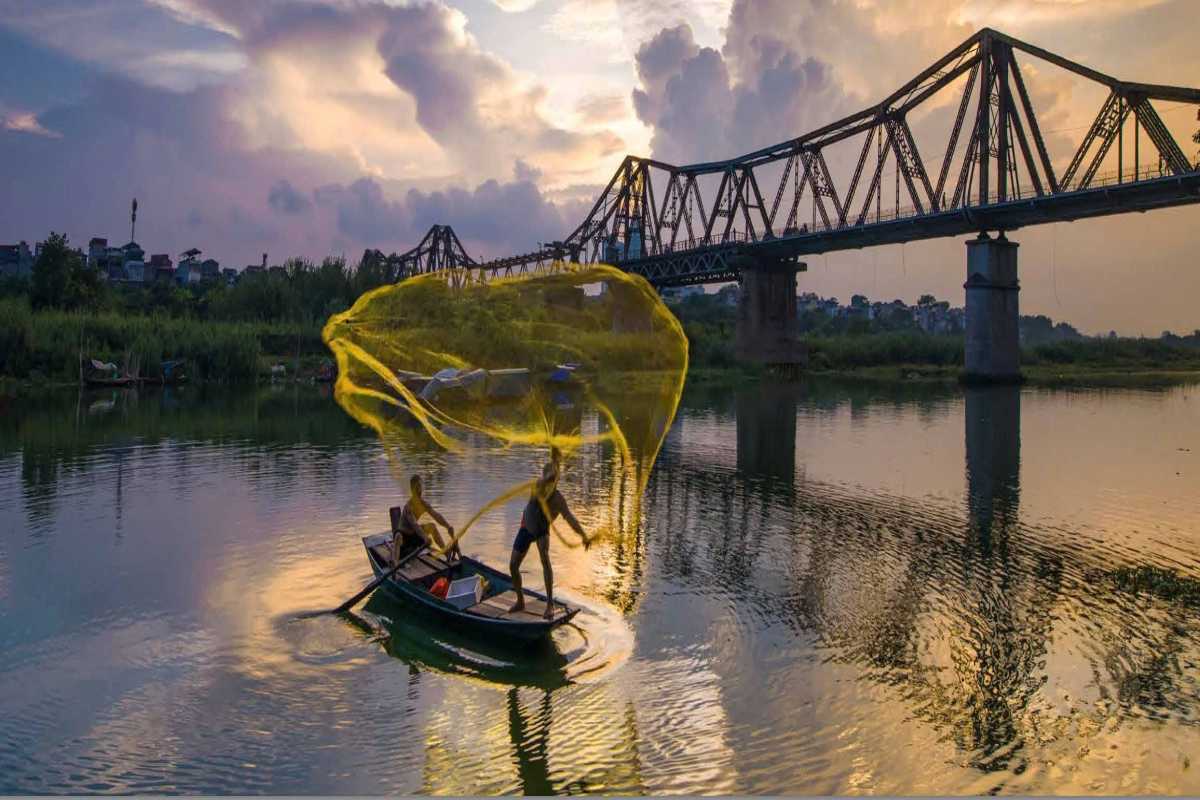
Cultural and Historical Exploration
Exploring Long Bien Bridge offers more than just views—it provides a gateway to Hanoi’s rich cultural and historical narrative. Guided tours and storytelling deepen your understanding of the bridge’s role in Vietnam’s heritage and urban life. Visitors interested in history and culture will find these experiences both educational and inspiring.
Immersing yourself in cultural tours of Long Bien Bridge enhances your visit by connecting the past with present-day Hanoi.
Guided Tour Options and Storytelling
Several guided tour options are available for visitors seeking an in-depth experience:
- Walking Tours: Explore the bridge’s history and architecture with knowledgeable local guides.
- Cultural Tours: Combine the bridge visit with nearby heritage sites for a full cultural immersion.
- Storytelling Sessions: Learn about historical events and anecdotes related to Long Bien Bridge and Hanoi.
- Private and Group Tours: Flexible formats catering to individual preferences and group sizes.
Booking a guided tour provides valuable context and enriches your appreciation of this iconic landmark.
Nearby Heritage Sites and Museums
Extend your cultural exploration with these nearby heritage sites and museums:
- Hanoi Old Quarter: A historic district filled with traditional architecture and vibrant markets.
- Museum of the Revolution: Exhibits on Vietnam’s struggle for independence.
- Vietnam Railway Museum: Showcases the history of rail transport, complementing the bridge’s role.
- Hoa Lo Prison Museum: Provides insight into Vietnam’s colonial and war history.
Visiting these sites alongside Long Bien Bridge creates a well-rounded historical journey.
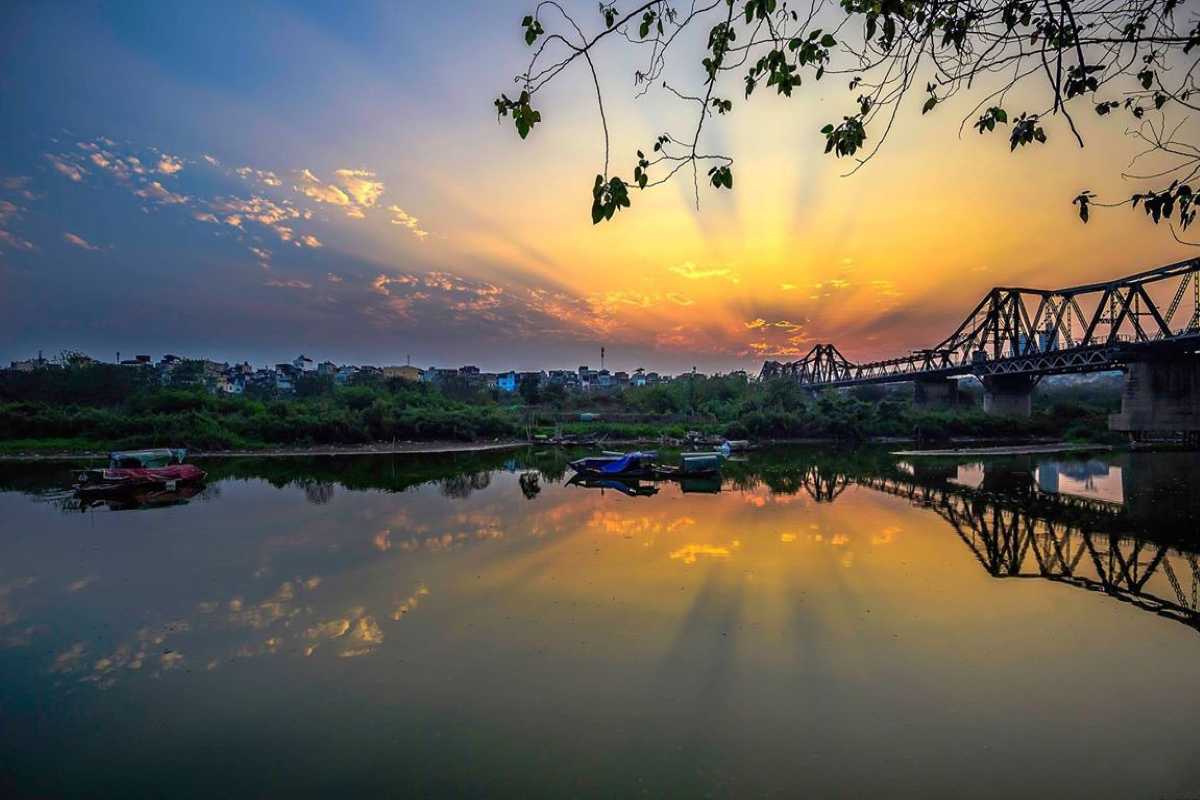
Practical Tips for Visitors
Preparing well with practical tips for Long Bien Bridge visitors ensures a safe, comfortable, and respectful experience. Being aware of safety measures, accessibility, and local customs helps you enjoy this historic site fully while honoring its significance.
Taking these tips into account will make your visit smoother and more rewarding when exploring Long Bien Bridge in Hanoi.
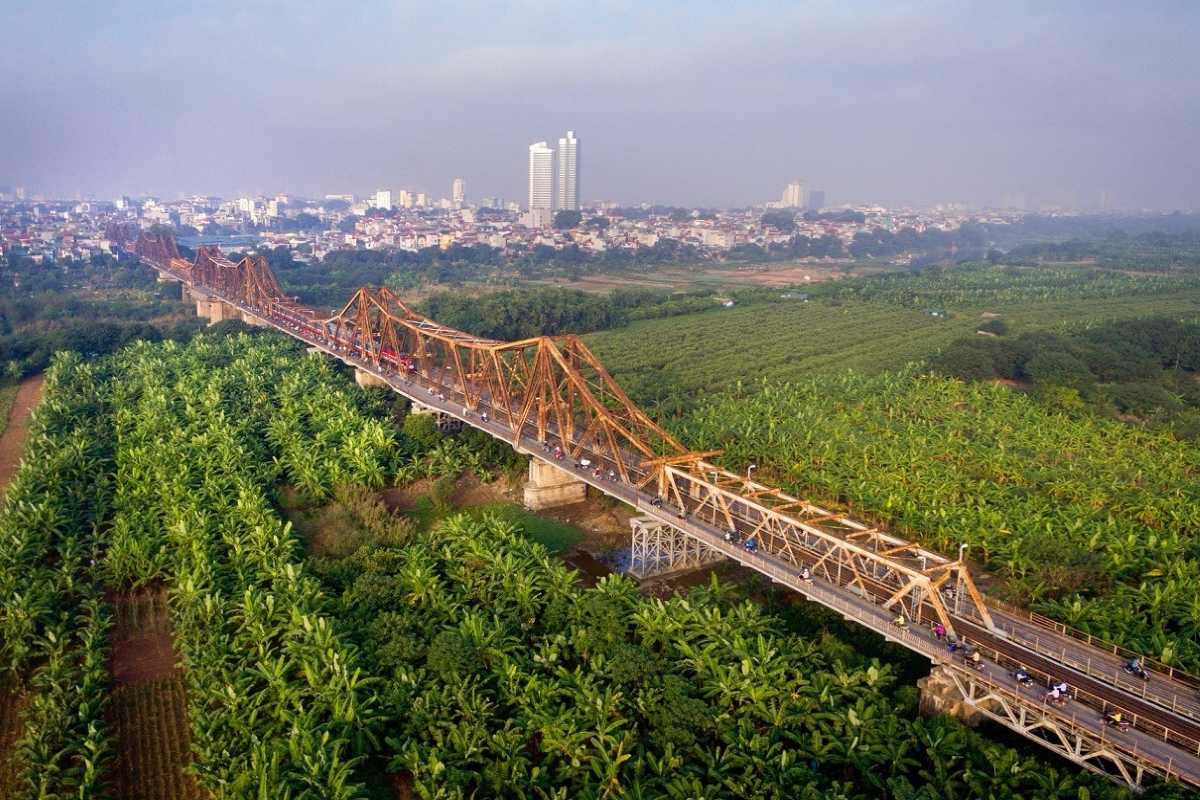
Safety Precautions on the Bridge
Staying safe on Long Bien Bridge requires awareness of its mixed traffic and structural conditions. Follow these essential safety precautions to protect yourself during your visit.
Key safety tips for Long Bien Bridge include:
- Always stay within pedestrian walkways and avoid stepping onto train tracks.
- Be alert to trains and motorbikes sharing the bridge space.
- Avoid climbing or touching the bridge’s metal structures.
- Follow all posted signs and instructions from local authorities.
Observing these precautions helps ensure a safe visit for all.
Navigating Pedestrian and Vehicle Traffic
Understanding the traffic flow on Long Bien Bridge is crucial for safety:
- Pedestrians share limited space with bicycles and motorbikes.
- Trains cross the bridge at scheduled times—stay clear during these periods.
- Walk or cycle carefully, especially when the bridge is busy.
- Use handrails and avoid distractions like mobile devices while crossing.
Respecting these traffic dynamics protects visitors and maintains order.
Weather-Appropriate Clothing and Gear
Dressing suitably for the weather improves your comfort on Long Bien Bridge:
- Lightweight, breathable clothing is best during hot, humid months.
- Bring rain gear or umbrellas during the rainy season (May to September).
- Wear comfortable, non-slip footwear for walking on metal surfaces.
- Consider hats and sunscreen for sun protection during daylight hours.
Preparing with the right attire helps you enjoy your visit safely regardless of weather conditions.
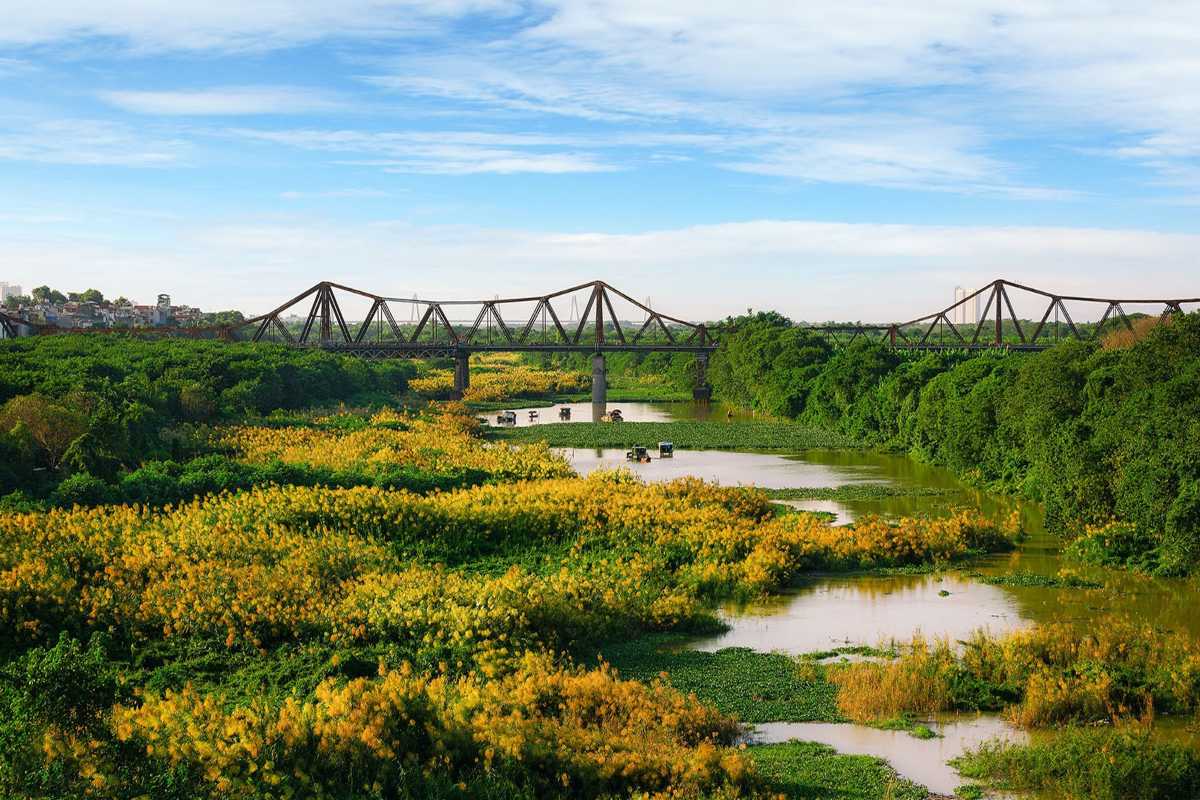
Accessibility Information
Planning a visit to Long Bien Bridge requires awareness of accessibility challenges and available alternatives for visitors with mobility impairments. Understanding the site’s limitations helps ensure a safe and enjoyable experience for everyone.
Accessibility at Long Bien Bridge can be limited, but with proper planning, visitors with physical constraints can still appreciate the surrounding areas of Hanoi.
Mobility Challenges and Alternatives
Visitors should be aware of the following mobility challenges at Long Bien Bridge and consider alternative experiences:
- Uneven and narrow pathways make navigation difficult for wheelchairs and walkers.
- Lack of elevators or ramps limits access to certain bridge sections.
- Trains and motorbikes sharing the bridge require heightened caution.
- Alternatives include exploring nearby riverbanks and heritage sites with better accessibility.
These options allow mobility-impaired visitors to enjoy the area safely and comfortably.
Facilities for Disabled Visitors
Facilities for disabled visitors in the Hanoi area near Long Bien Bridge include:
- Accessible public restrooms in nearby parks and public spaces.
- Designated parking and drop-off points close to the bridge approaches.
- Support services at nearby cultural centers and tourism offices.
- Limited on-bridge facilities; visitors are advised to prepare accordingly.
Checking local resources before visiting can help disabled visitors plan effectively.
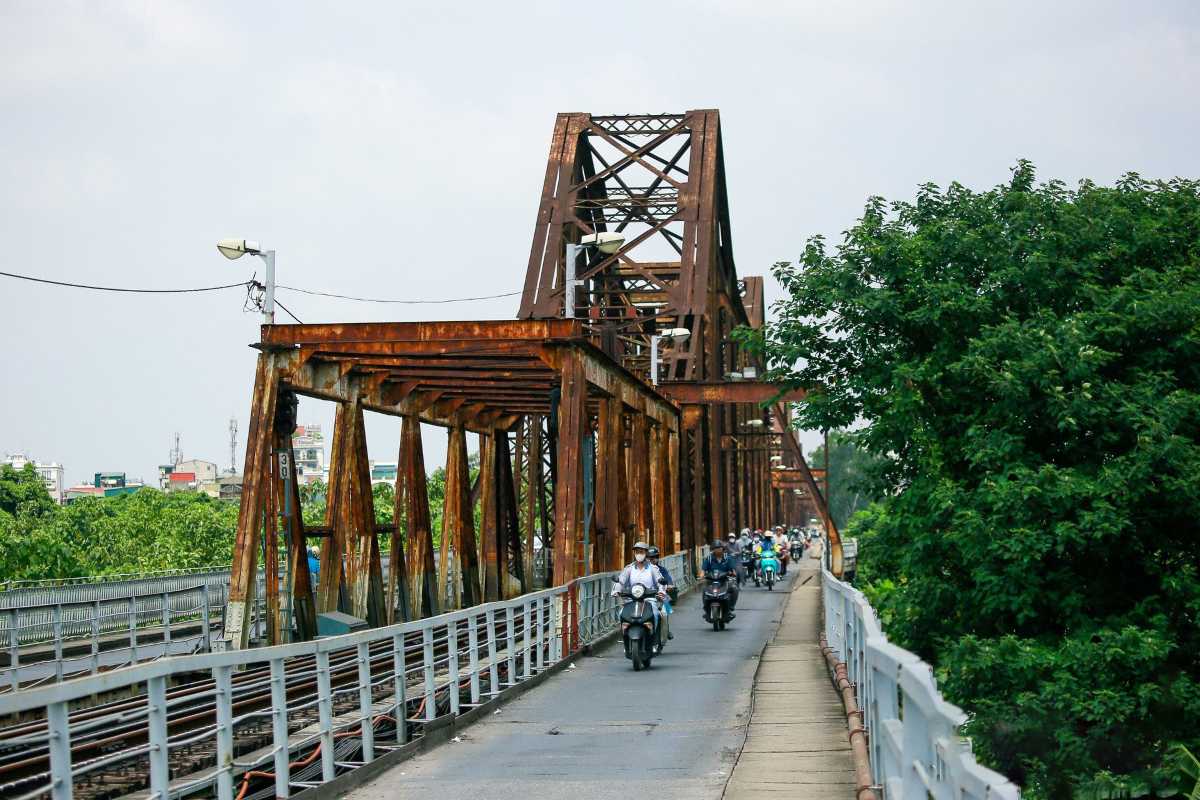
Local Etiquette and Respectful Behavior
Understanding local etiquette in Hanoi is essential for a respectful and rewarding visit to Long Bien Bridge and its surrounding areas. Observing cultural norms helps you connect positively with locals and supports preservation efforts for this historic landmark.
Practicing respectful behavior enriches your travel experience and honors the community and heritage.
Interacting with Locals and Market Vendors
To engage respectfully with residents and vendors near Long Bien Bridge, keep these tips in mind:
- Greet with a polite nod or smile; learning basic Vietnamese phrases is appreciated.
- Always ask permission before photographing individuals or their property.
- Bargain politely and respectfully when shopping at Long Bien Market.
- Avoid loud conversations or disruptive behavior in market and bridge areas.
These simple gestures foster goodwill and cultural exchange.
Preserving the Heritage Site
Protecting Long Bien Bridge is a shared responsibility. Visitors can contribute by:
- Avoiding littering and disposing of waste properly.
- Not climbing or damaging the bridge structure or signage.
- Respecting any conservation rules and guidelines.
- Supporting local initiatives aimed at heritage preservation.
Responsible tourism ensures the bridge remains a treasured site for future generations.
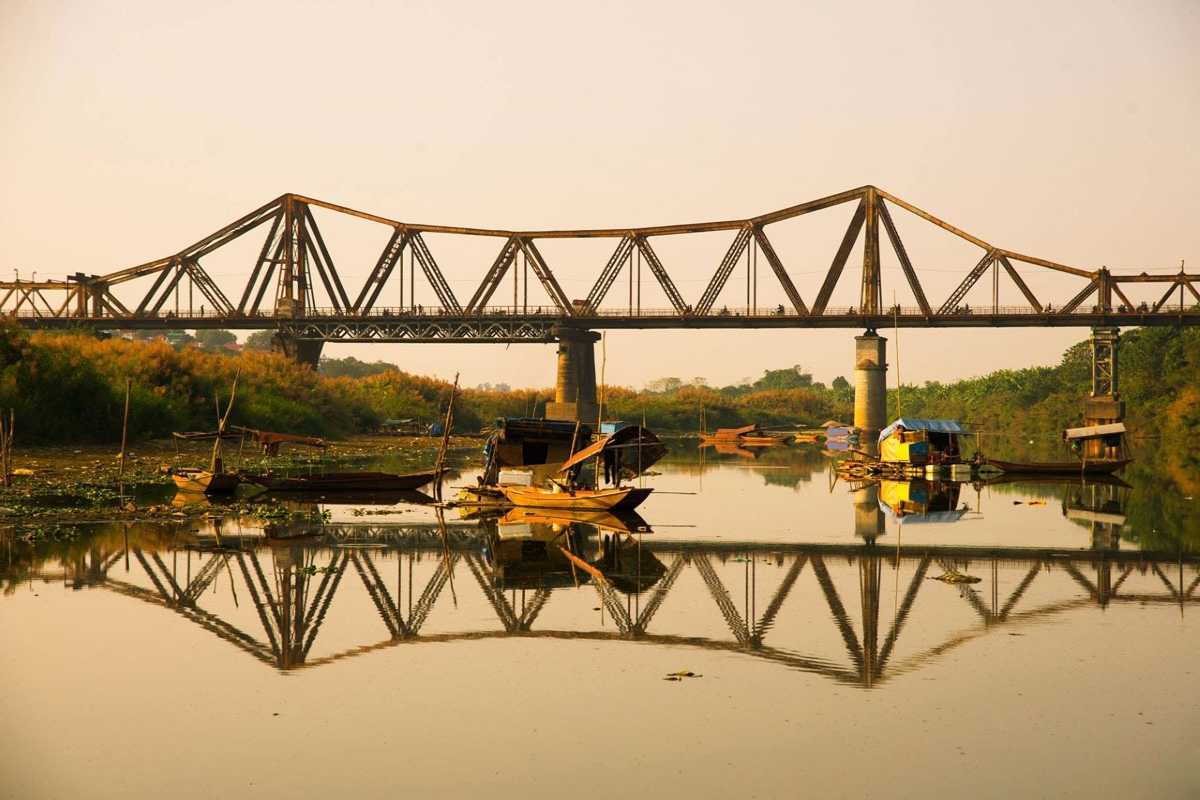
Conservation and Cultural Preservation Efforts
The conservation efforts Long Bien Bridge focus on protecting its structural integrity and cultural significance. These initiatives involve government bodies, NGOs, and community groups working together to ensure sustainable tourism and heritage preservation.
Awareness of these efforts helps visitors appreciate the bridge's importance and encourages responsible travel behavior.
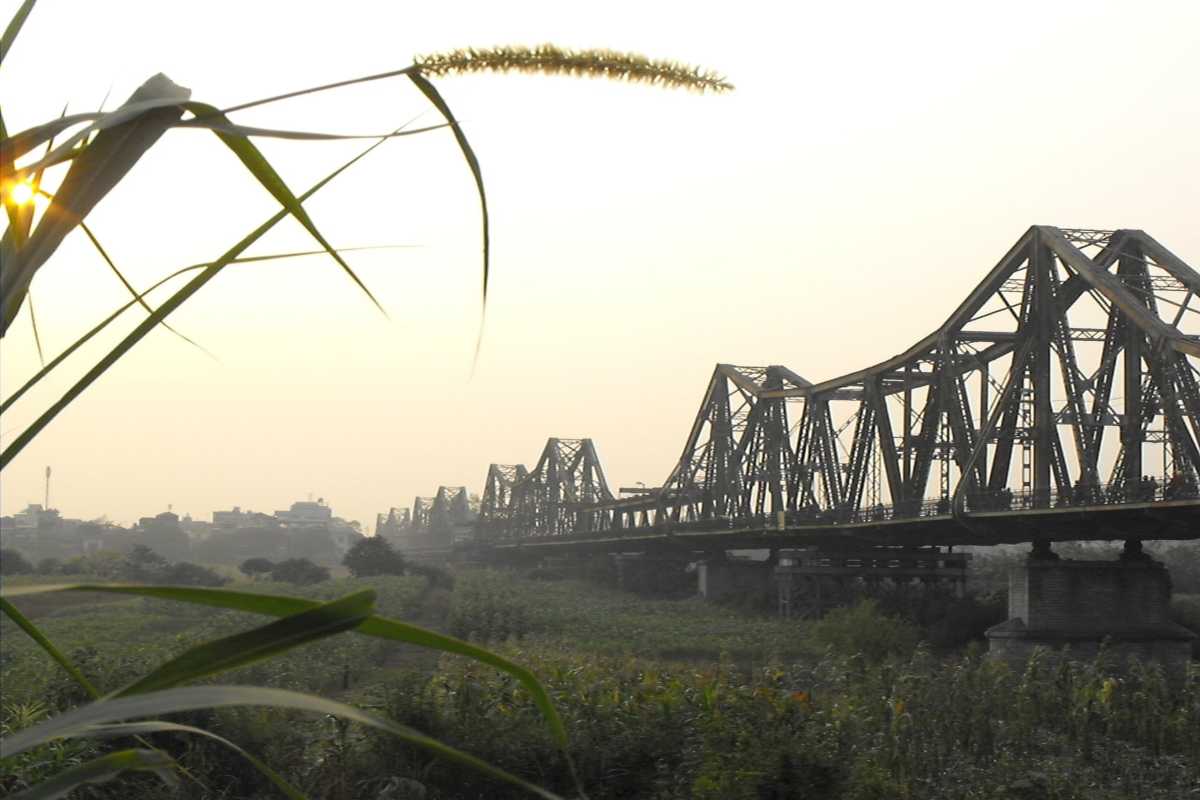
Government and NGO Initiatives
Several key initiatives support the preservation of Long Bien Bridge:
- Regular maintenance and monitoring conducted by local government agencies.
- Collaboration with NGOs to raise awareness and fund restoration projects.
- Regulations to control visitor impact and protect the bridge’s environment.
- Promotion of sustainable tourism practices around Long Bien Bridge and in Hanoi.
These efforts safeguard the bridge for future generations while allowing public access.
Structural Reinforcement Projects
Ongoing technical projects include:
- Reinforcing steel components to address corrosion and wear.
- Strengthening the foundation to withstand river currents and increased traffic.
- Restoring damaged sections caused by past conflicts and natural aging.
- Employing modern engineering methods compatible with historical preservation.
These projects maintain both safety and authenticity of Long Bien Bridge.
Heritage Education and Awareness Campaigns
Educational efforts aim to:
- Inform locals and visitors about the bridge’s historical and cultural value.
- Encourage respectful behavior through signage and guided tours.
- Engage schools and community groups in heritage activities.
- Promote Hanoi’s broader cultural preservation goals linked to the bridge.
These campaigns foster a shared responsibility for conserving this iconic landmark.
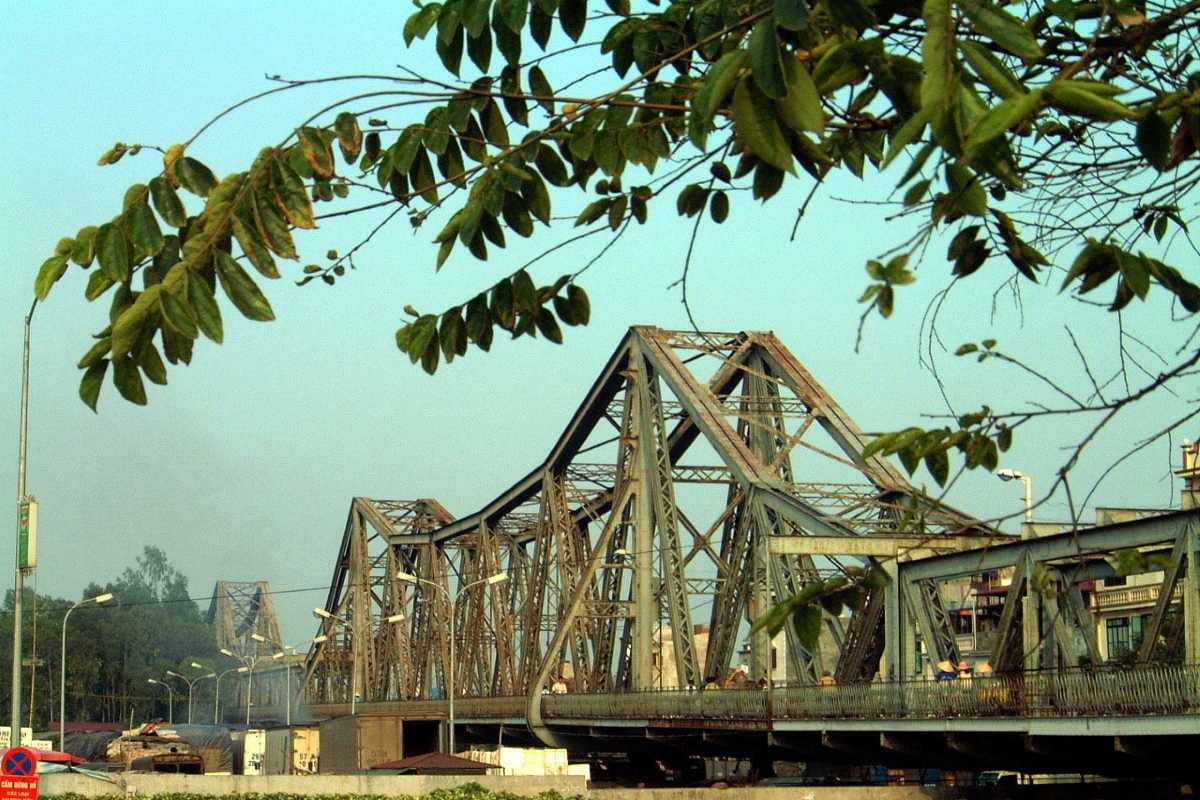
Sustainable Tourism Practices
Sustainable tourism around Long Bien Bridge focuses on minimizing environmental and cultural impact while enhancing visitor experiences. Understanding these practices helps you contribute positively to the preservation of this historic site and its surroundings in Hanoi.
Being an informed visitor supports the bridge’s long-term conservation.
Minimizing Visitor Impact
To reduce your footprint when visiting Long Bien Bridge, consider these do’s and don’ts:
- Do avoid littering and dispose of trash in designated bins.
- Don’t climb on or damage any part of the bridge structure.
- Do respect local customs and avoid disturbing wildlife.
- Don’t block pathways or interfere with traffic on the bridge.
- Do follow guidelines set by conservation authorities and tour operators.
Practicing these behaviors helps preserve the bridge’s integrity and beauty.
Community Involvement in Preservation
Local communities play a vital role in maintaining Long Bien Bridge through:
- Participating in cleanup and restoration activities.
- Educating visitors on the cultural significance of the bridge.
- Supporting sustainable tourism by promoting responsible practices.
- Collaborating with government and NGOs to protect the heritage site.
Engaging with community efforts enriches your visit and supports ongoing preservation.
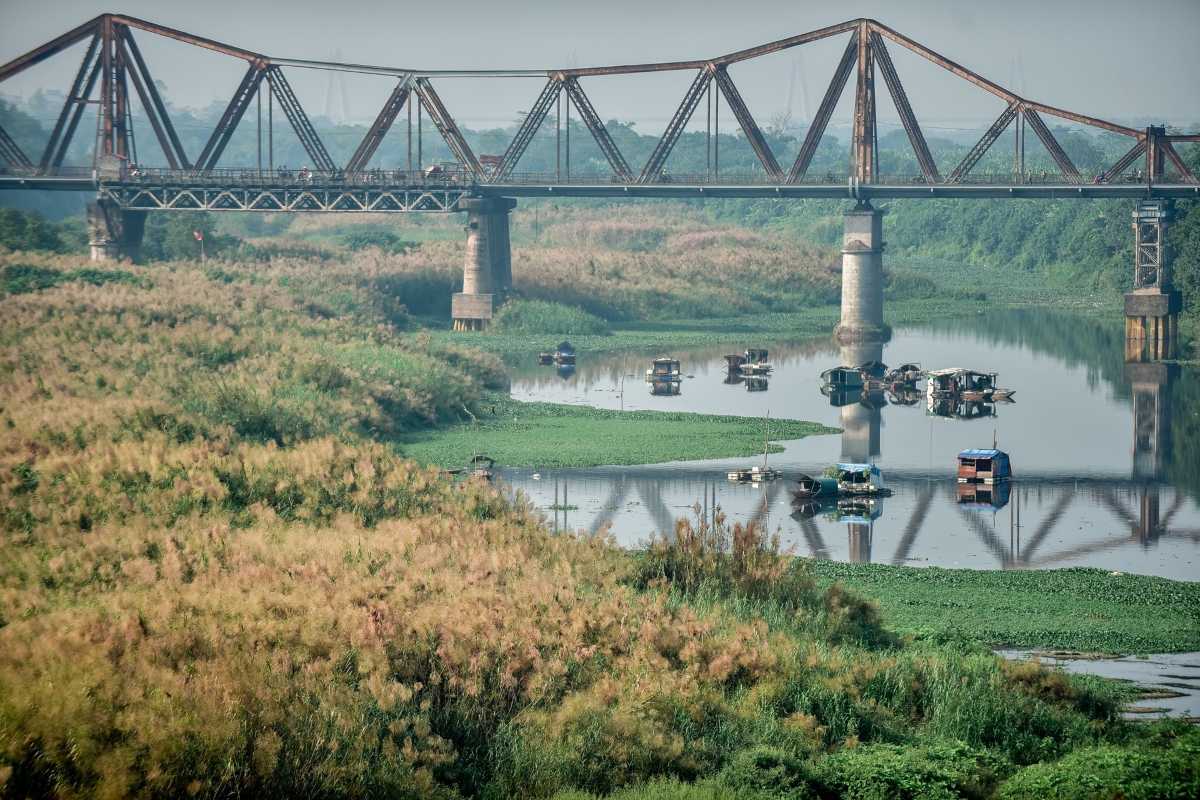
Exploring Surroundings and Related Attractions
Exploring the surroundings of Long Bien Bridge enriches your visit with diverse cultural and recreational experiences. From the vibrant Red River waterfront to historic neighborhoods and lively festivals in Hanoi, these attractions offer a fuller perspective of the area.
Planning your itinerary around these nearby sites maximizes enjoyment and cultural immersion.
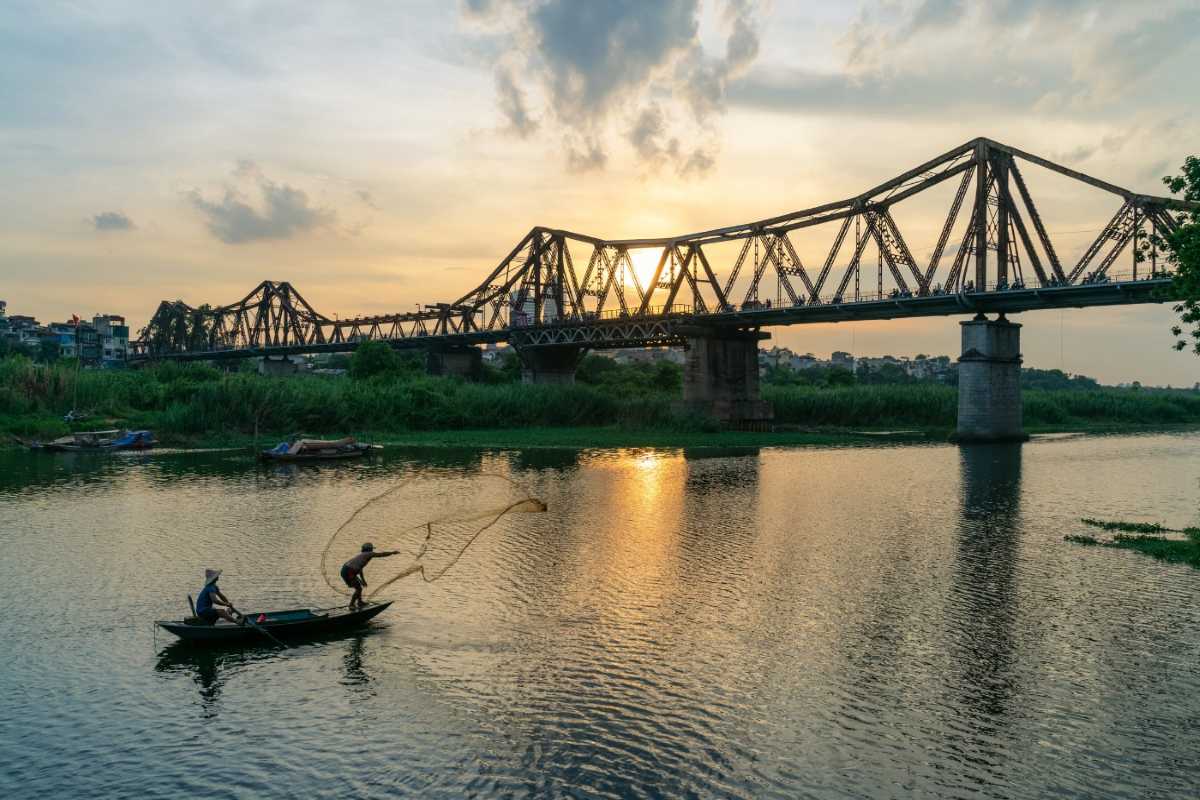
Red River Waterfront Activities
The Red River near Long Bien Bridge provides a range of outdoor activities for visitors:
- Walking and jogging paths along the riverbanks for scenic exercise.
- Cycling routes offering views of the bridge and city skyline.
- Picnic spots ideal for relaxing and enjoying the natural setting.
- Bird watching and photography opportunities along the water.
These activities allow you to appreciate the bridge from unique and refreshing angles.
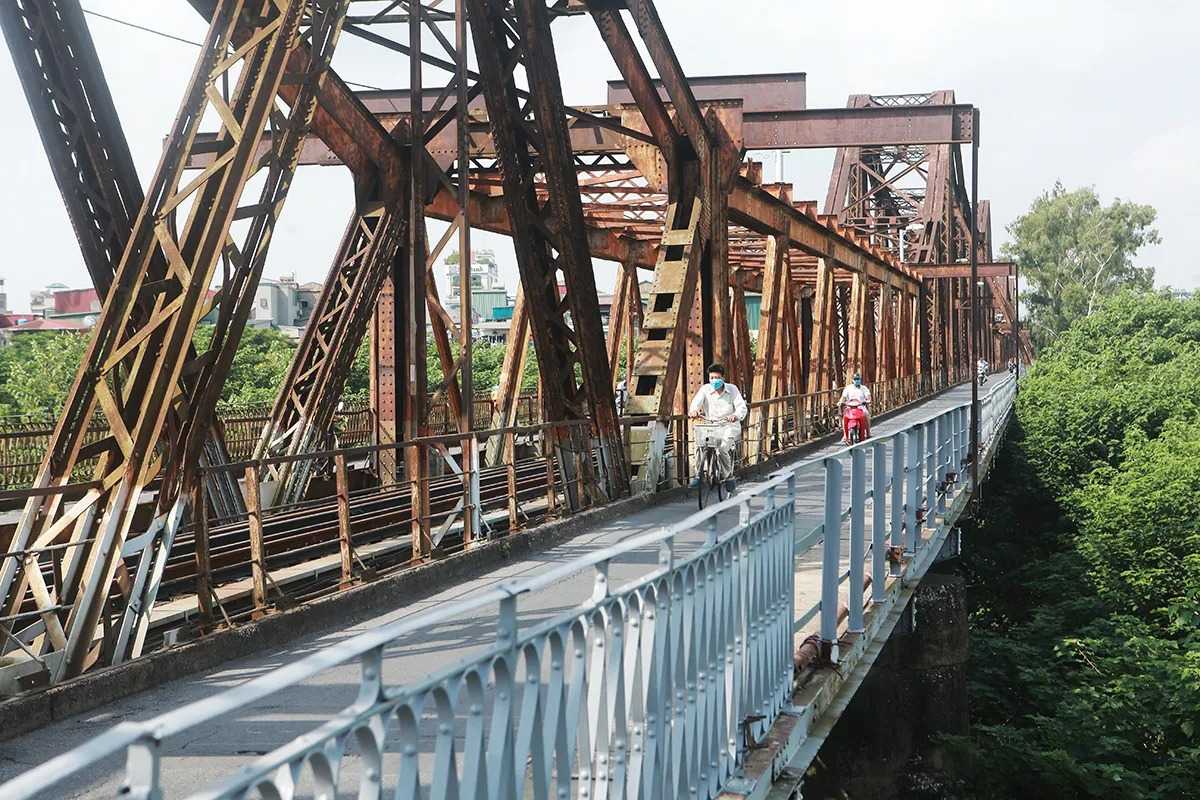
Hanoi Old Quarter and Nearby Cultural Sites
Close to Long Bien Bridge, the Hanoi Old Quarter features:
- Historic temples and pagodas rich in Vietnamese heritage.
- Bustling markets showcasing local crafts and cuisine.
- Traditional architecture preserved in narrow streets.
- Museums detailing the city’s history and culture.
Exploring these attractions complements your bridge visit with deeper cultural insight.

River Boat Tours Including Long Bien Views
River boat tours provide a unique perspective of Long Bien Bridge and the Red River:
- Cruises offering scenic views of the bridge at sunrise or sunset.
- Guided commentary highlighting historical and cultural significance.
- Options for private or group tours with refreshments onboard.
- Opportunities for photography and wildlife spotting.
These tours offer a memorable and relaxing way to experience the bridge and river environment.
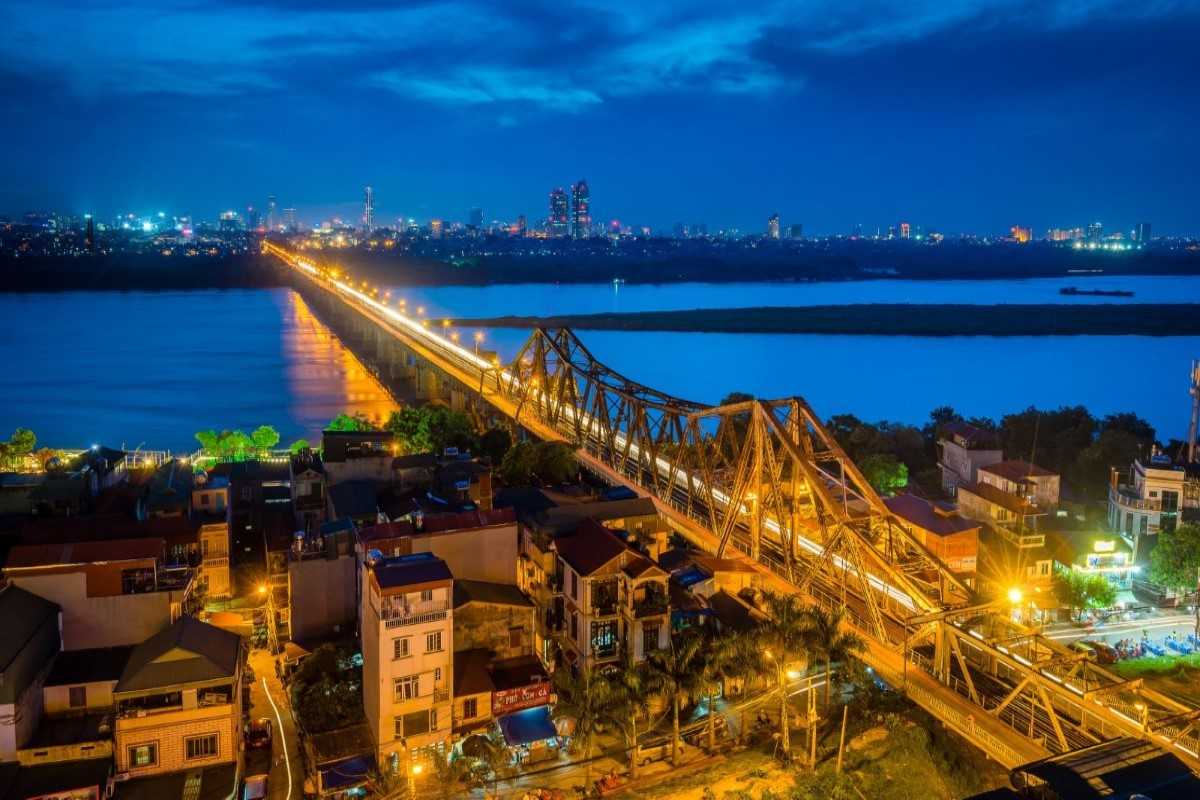
Local Festivals and Events Near the Bridge
Several local festivals and events take place near Long Bien Bridge, including:
- Traditional Tet celebrations with cultural performances and markets.
- Mid-Autumn Festival activities featuring lantern displays.
- Hanoi Heritage Festival showcasing music, dance, and crafts.
- River-related ceremonies and community gatherings.
Timing your visit with these events offers rich cultural engagement and lively atmosphere.
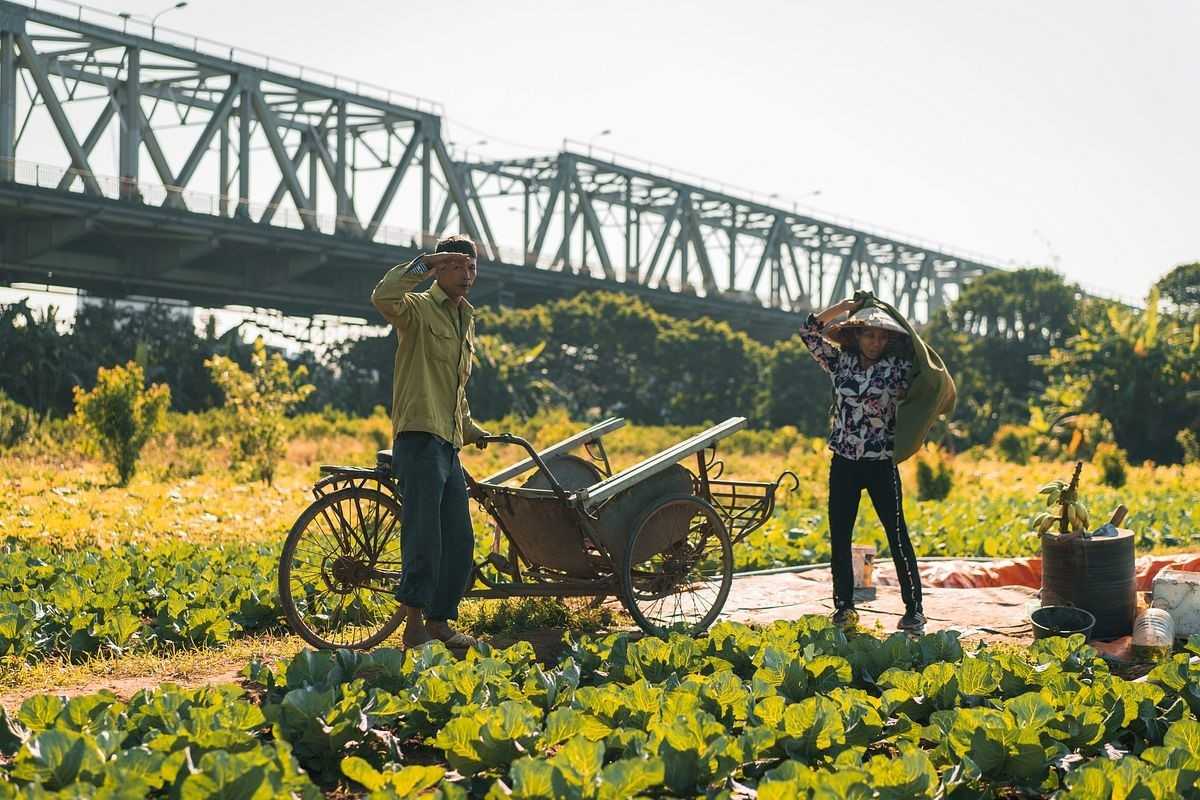
Conclusion and Visitor Experience Summary
Visiting Long Bien Bridge offers a unique chance to connect with Hanoi’s rich history and vibrant culture. This iconic landmark combines architectural beauty, historical significance, and local charm, making it a must-see destination for travelers. With practical advice and insider tips, you can plan your visit confidently and enjoy every moment of this unforgettable experience.
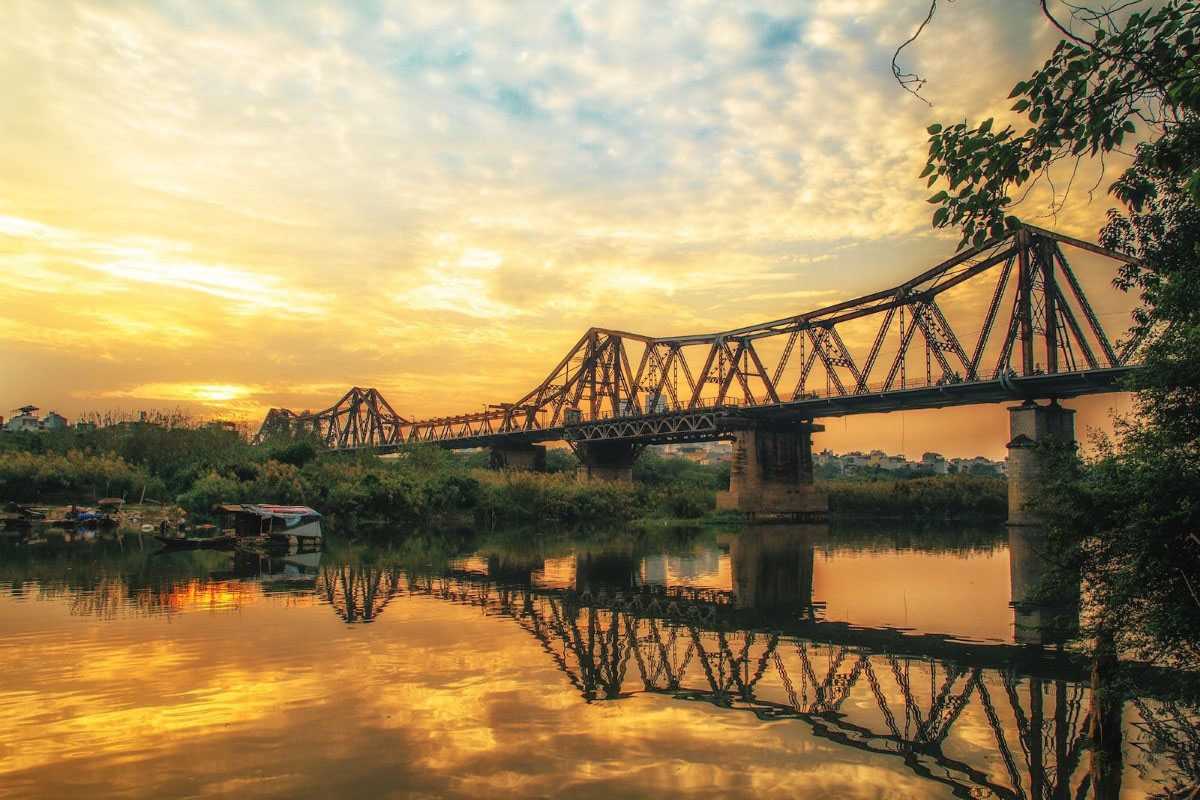
Why Long Bien Bridge is a Must-Visit
Long Bien Bridge stands as a symbol of resilience and engineering excellence in Hanoi. Here’s why it deserves a spot on your itinerary:
- Historical significance as a French colonial landmark and Vietnam War survivor.
- Unique blend of rail and road traffic on a cantilever structure designed by Gustave Eiffel’s firm.
- Stunning views of the Red River and city skyline, ideal for photography enthusiasts.
- Close proximity to vibrant local markets and cultural sites.
Exploring this bridge offers both a cultural journey and a memorable adventure.

Final Recommendations for Travelers
To make the most of your visit to Hanoi and Long Bien Bridge, consider these practical tips:
- Visit during early morning or late afternoon for cooler weather and beautiful light.
- Use public transport or rent a bicycle for easy access and immersive exploration.
- Respect local customs and practice responsible tourism to help preserve the site.
- Combine your bridge visit with a trip to Long Bien Market for local flavors.
These recommendations will enhance your experience and ensure a smooth visit.

How to Plan Your Visit for Maximum Enjoyment
Planning ahead can optimize your trip to Long Bien Bridge. Follow these steps:
- Choose the best time to visit, avoiding midday heat and rainy seasons.
- Select your preferred transport mode—bus, taxi, motorbike, or bicycle.
- Allocate time to explore both the bridge and nearby attractions, including cultural tours.
- Prepare with appropriate clothing, safety precautions, and camera gear for photography.
- Consider booking guided tours through trusted providers like Asia Travel Links for added insights.
A well-organized plan ensures a rewarding and hassle-free experience.
Mike Nguyen
Travel Advisor
Mobile: +84917506881 (whatsapp available)
Email: contact@asiatravellinks.com


